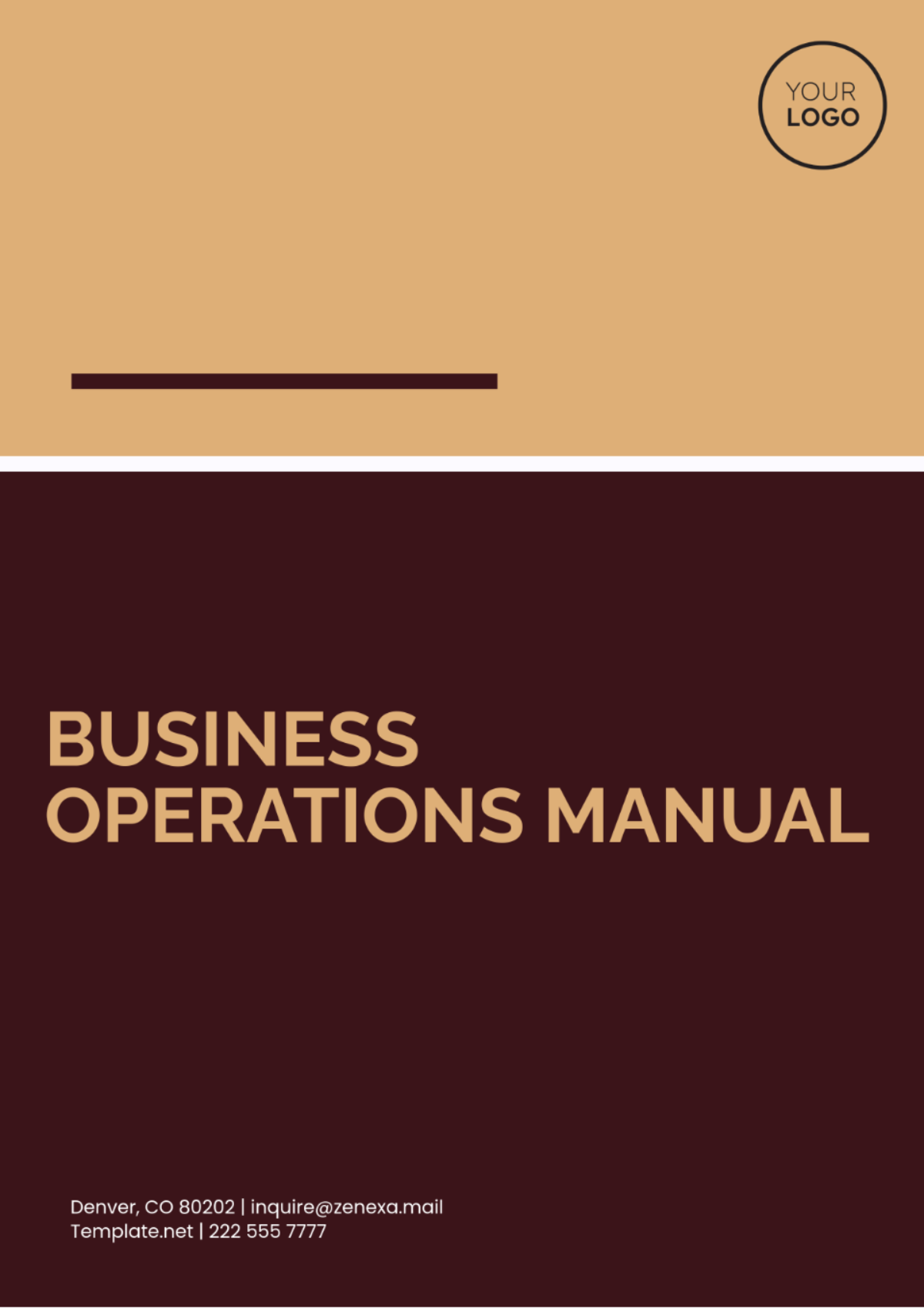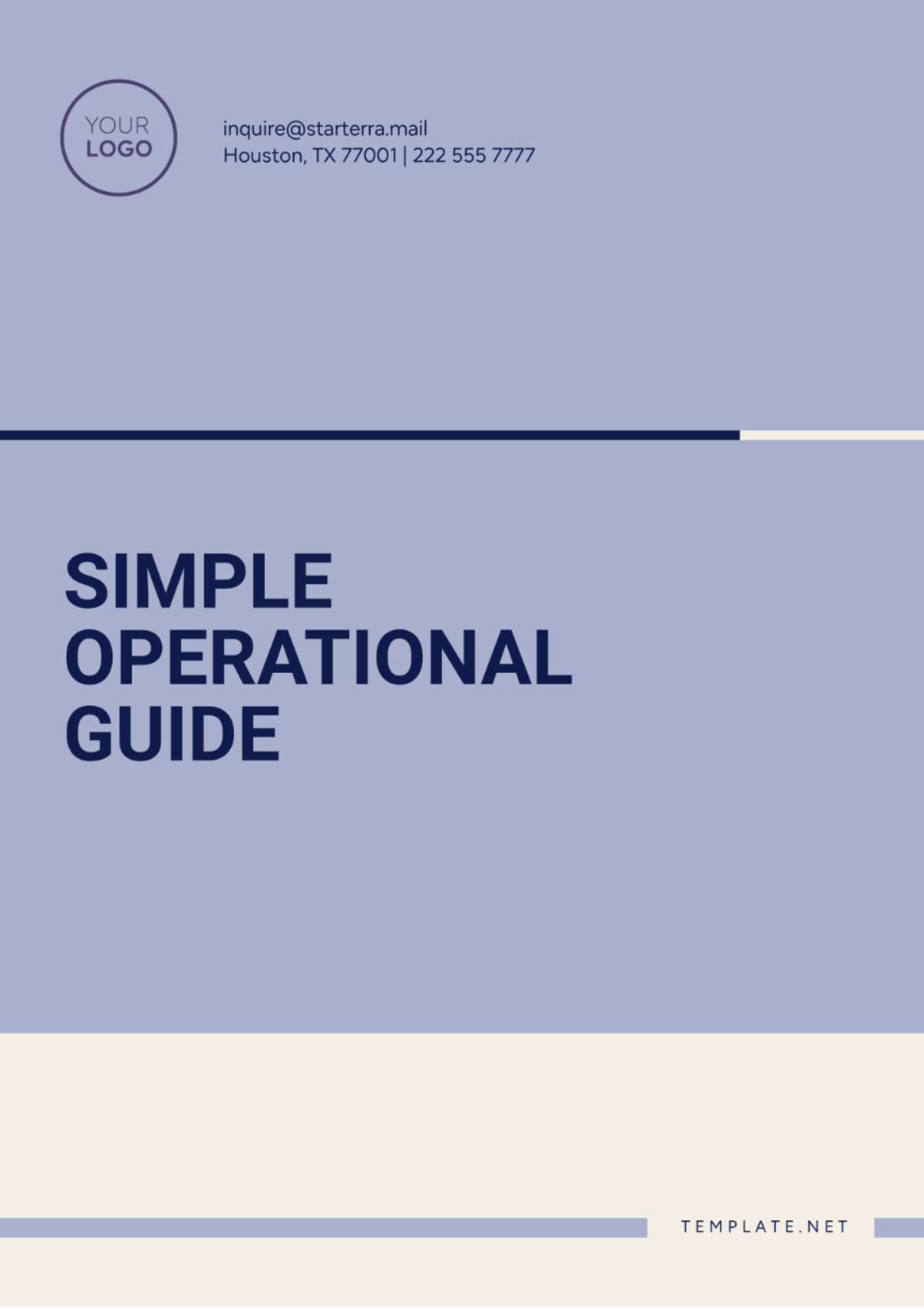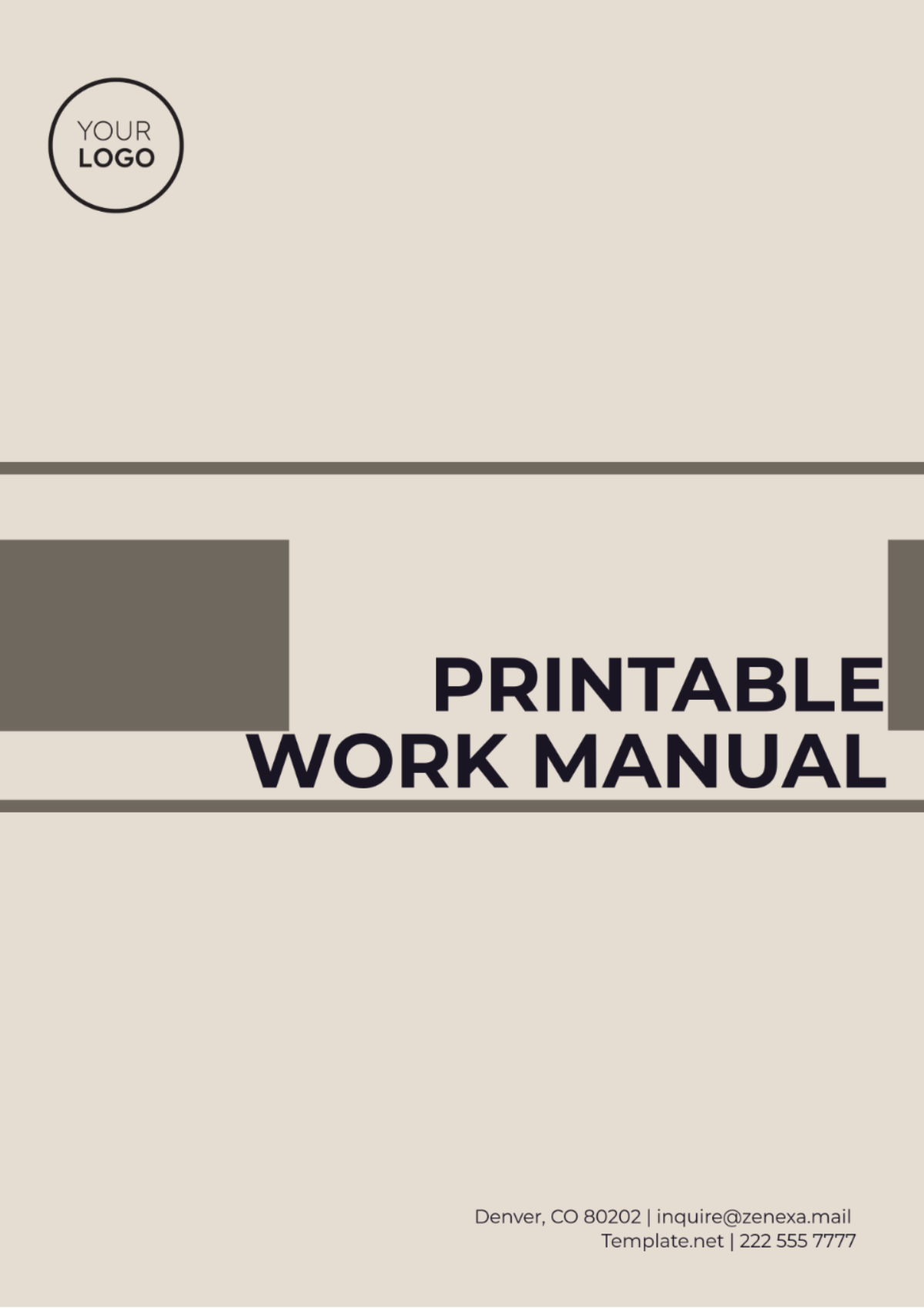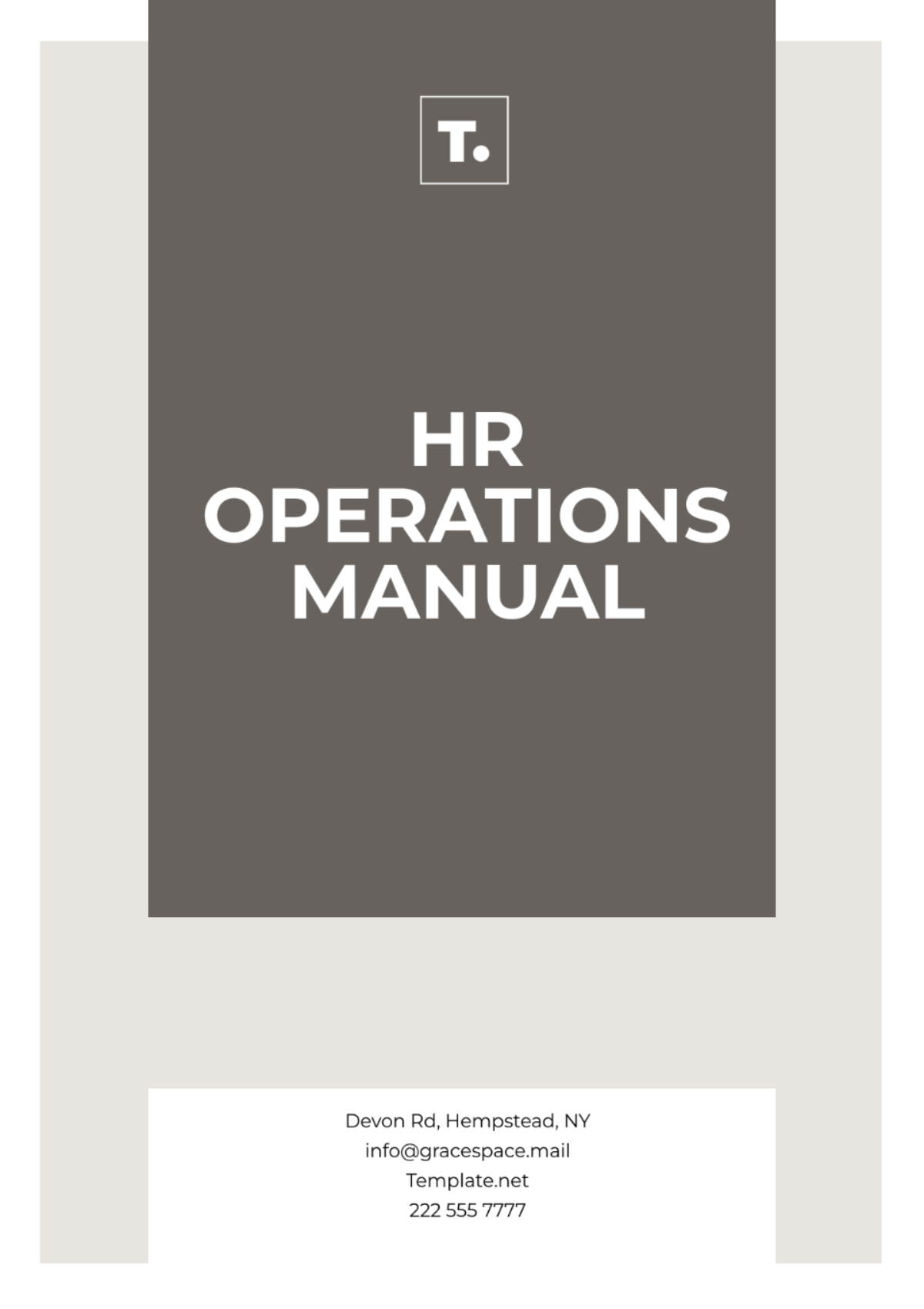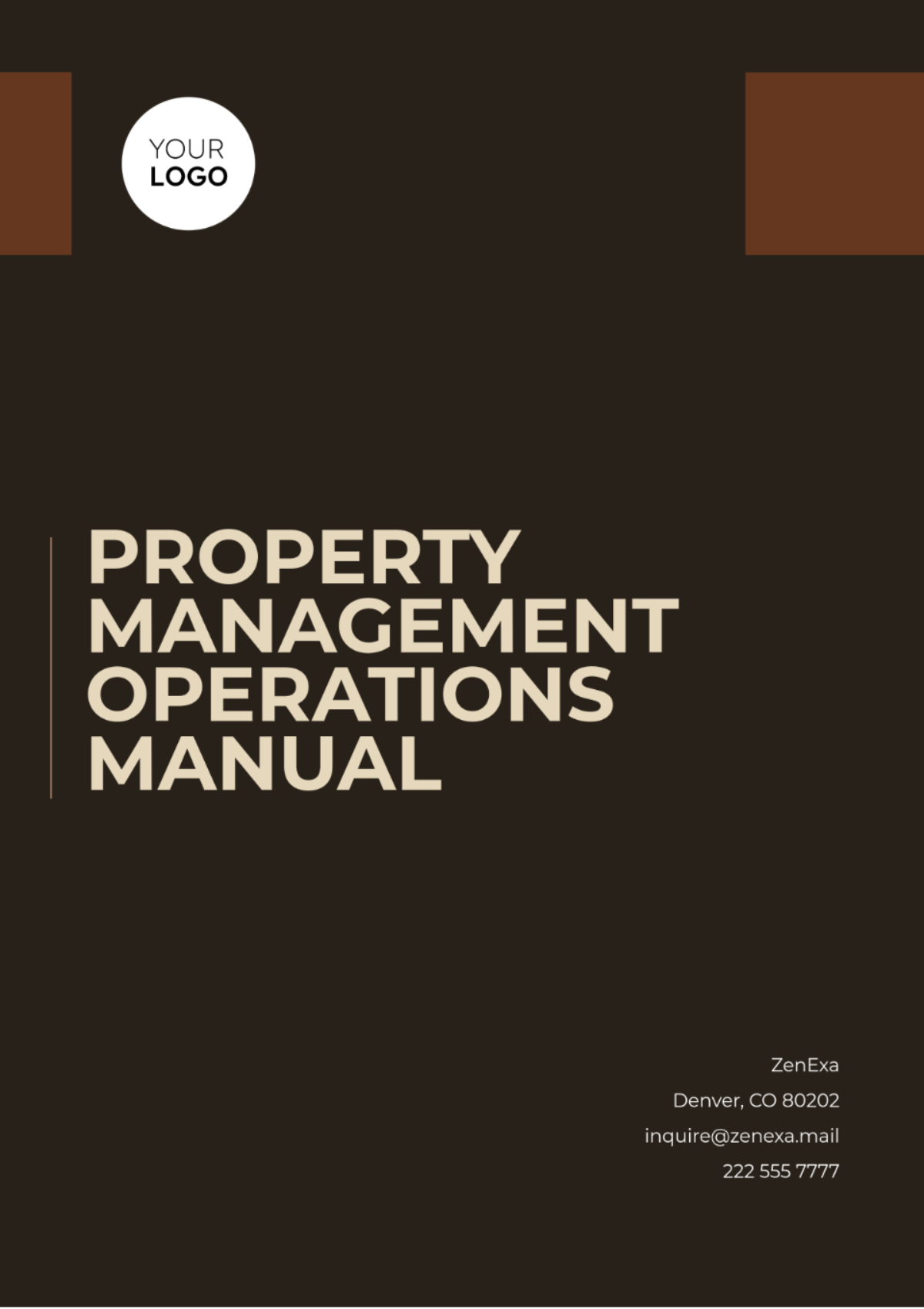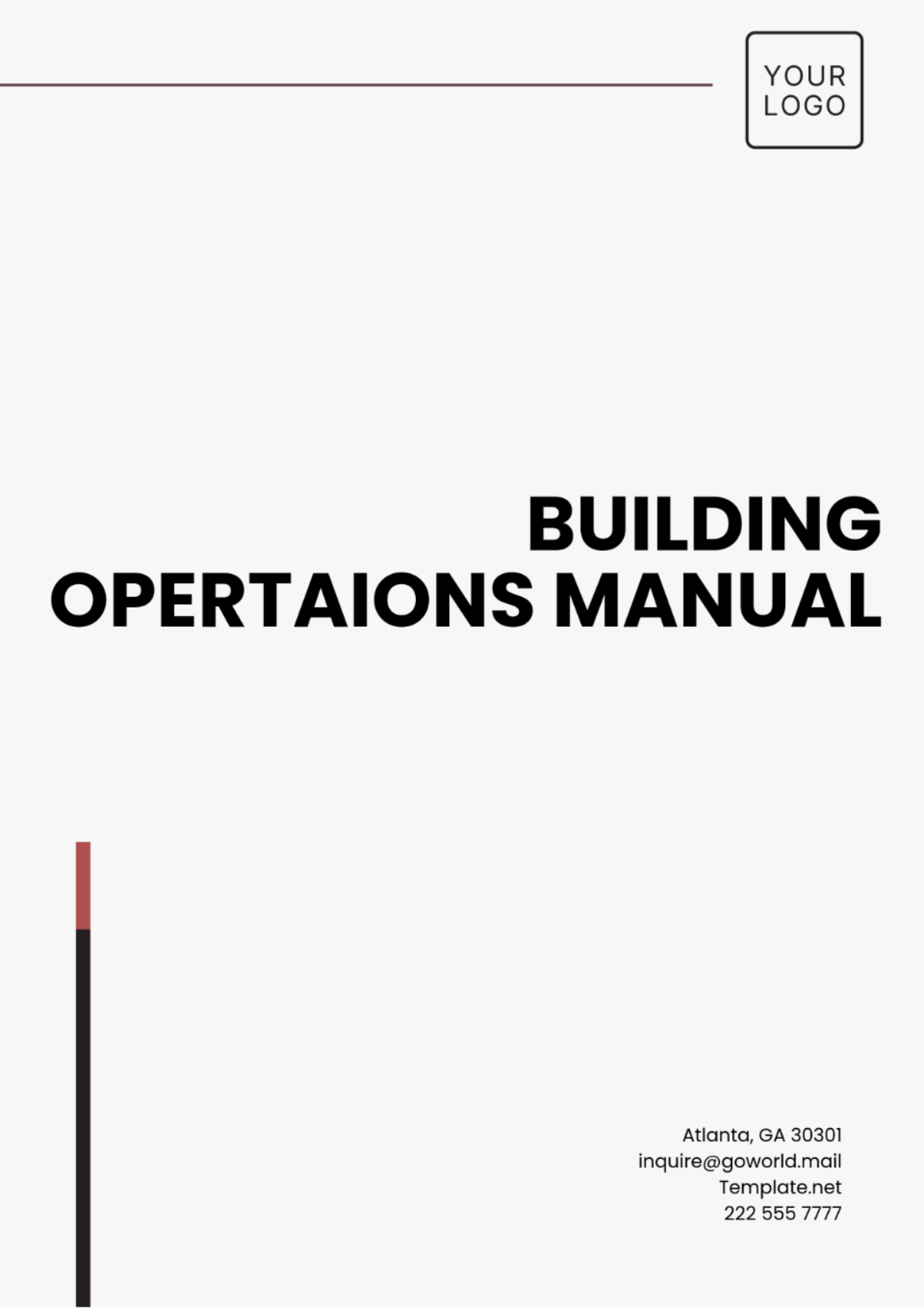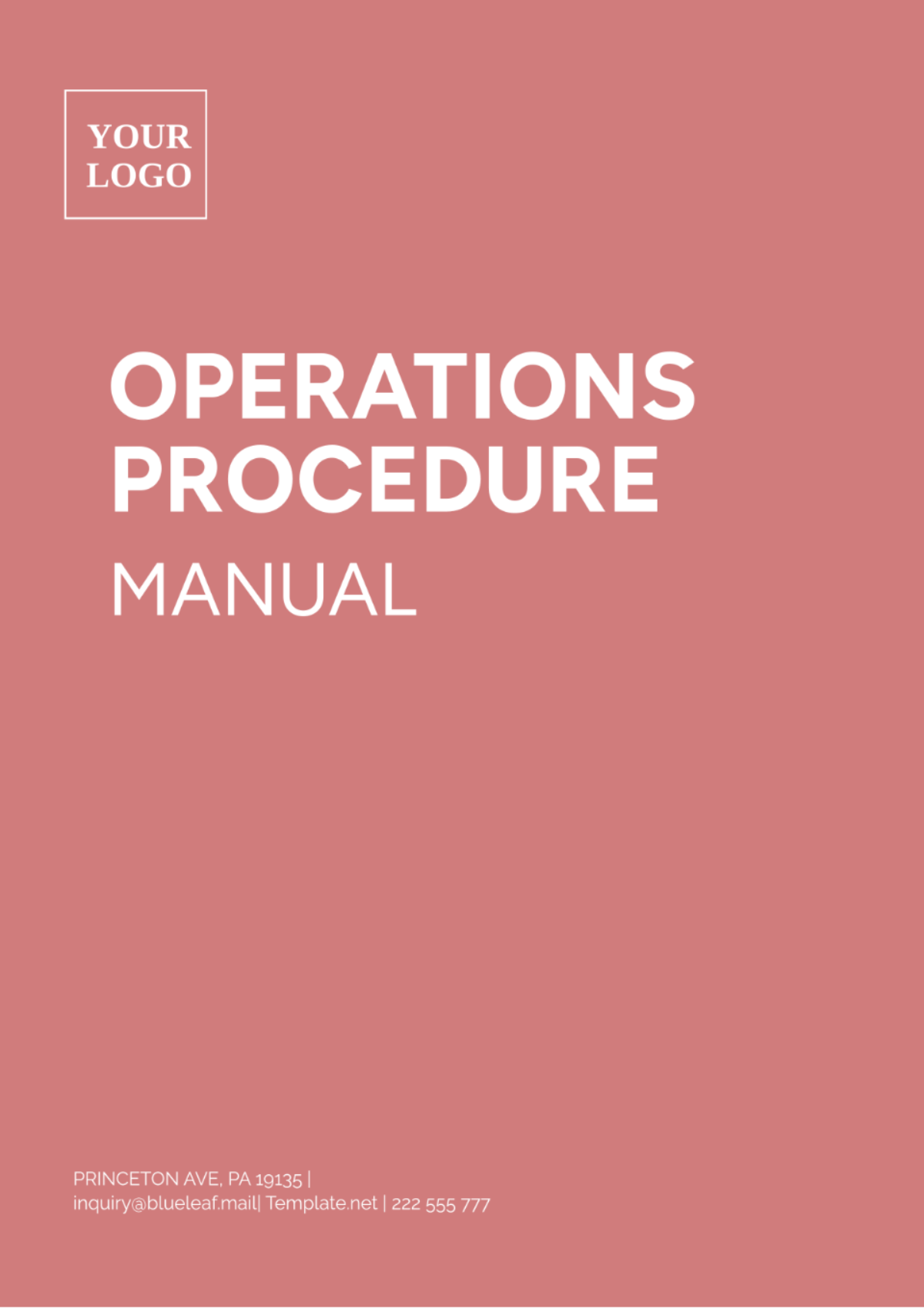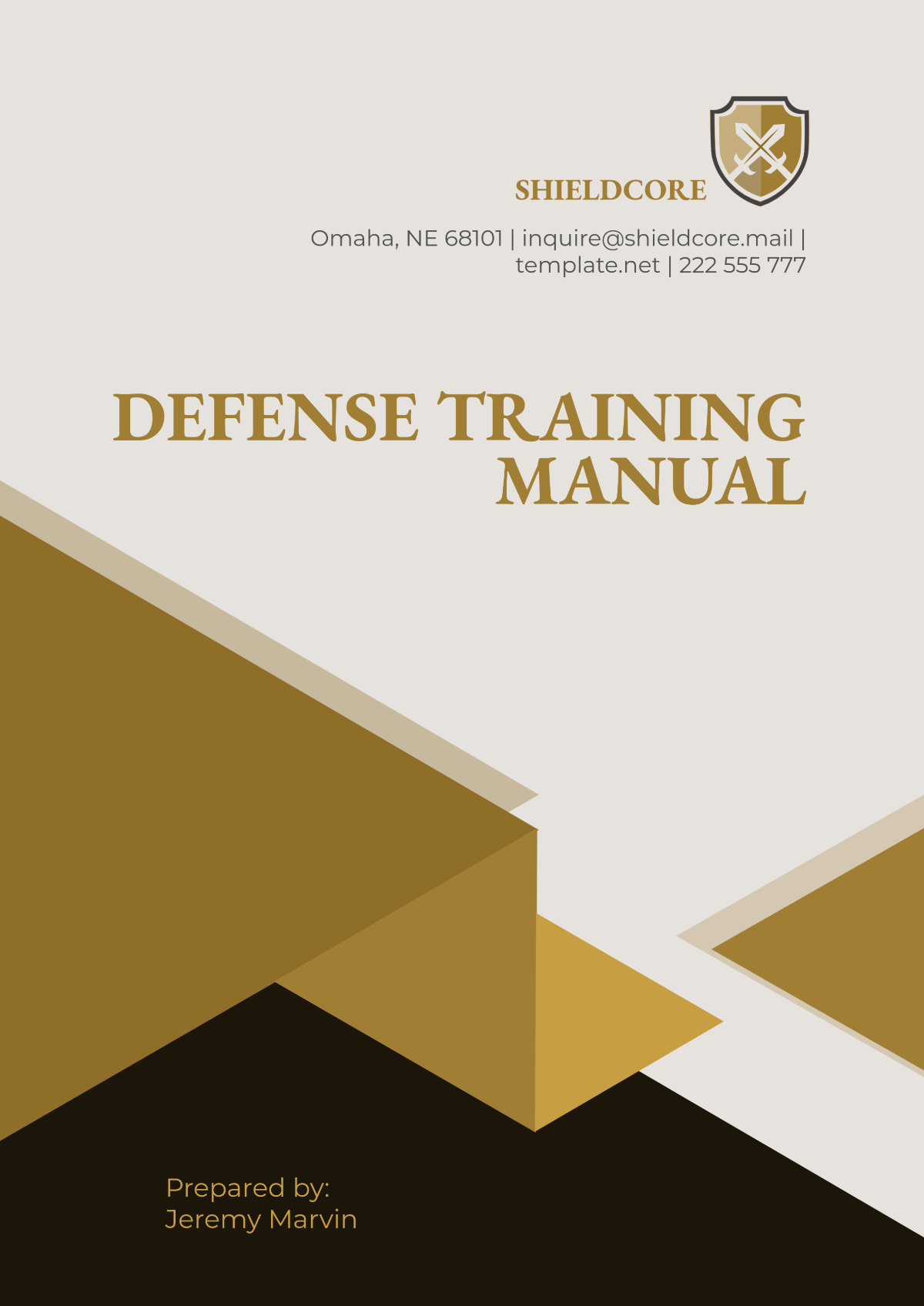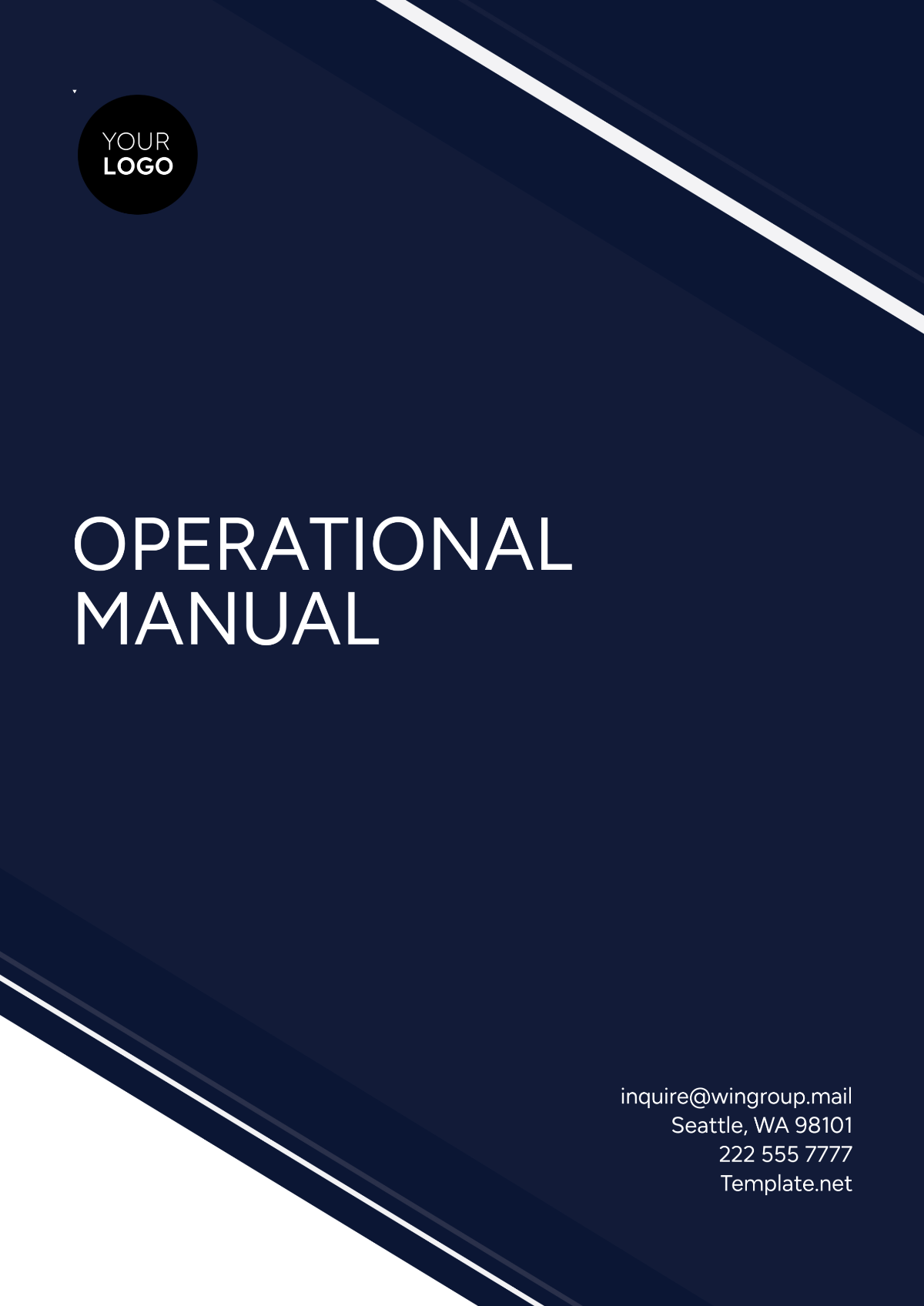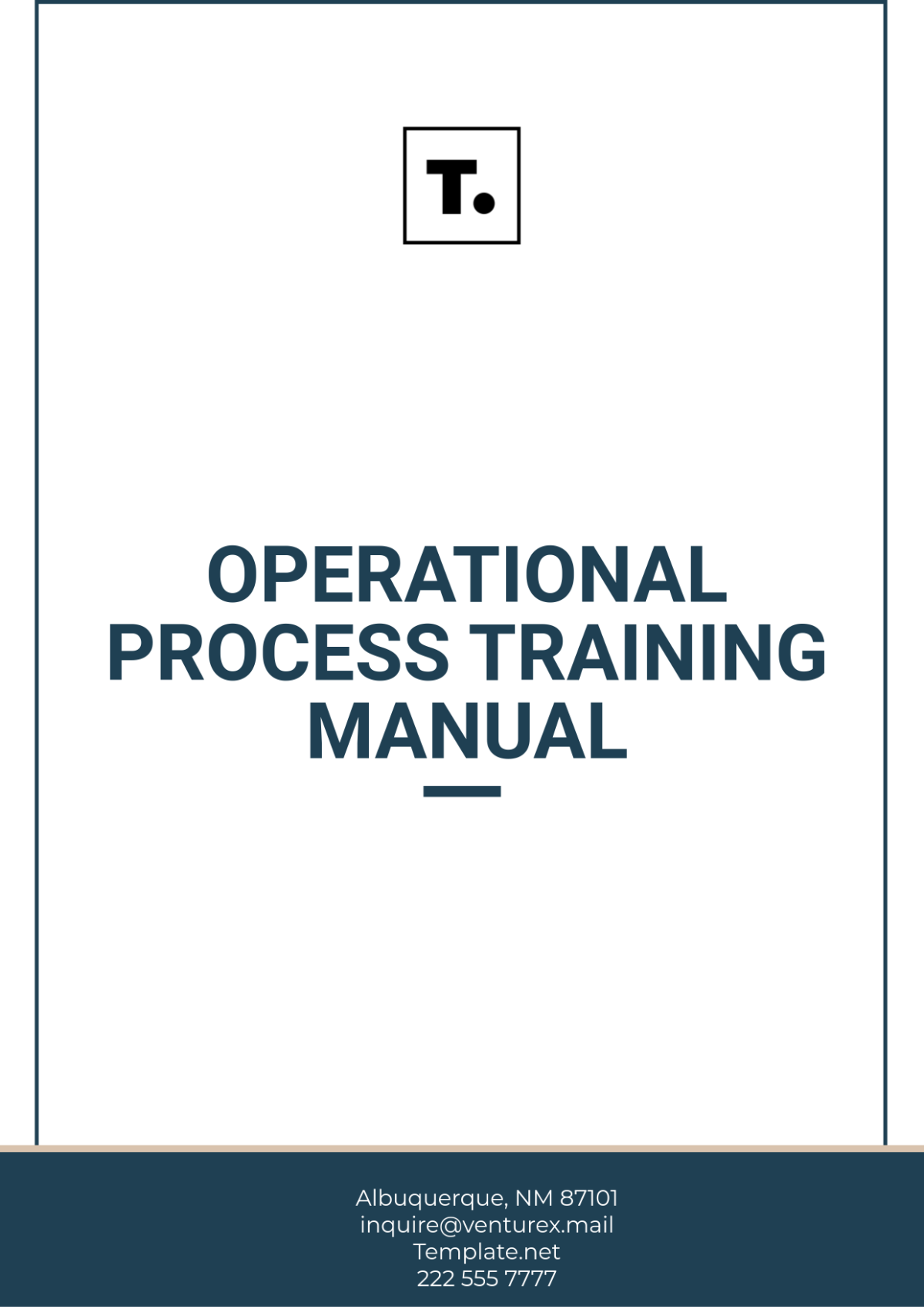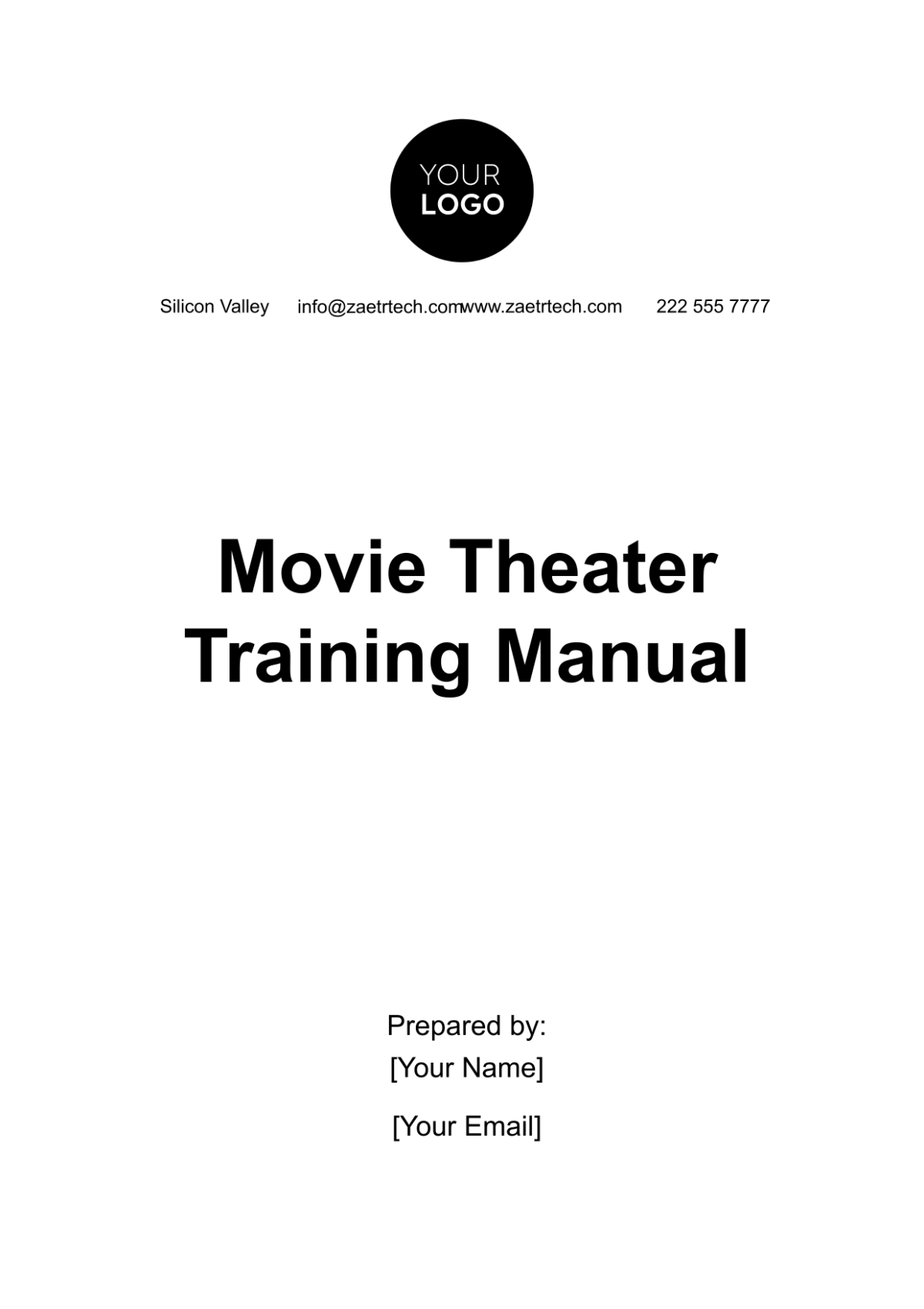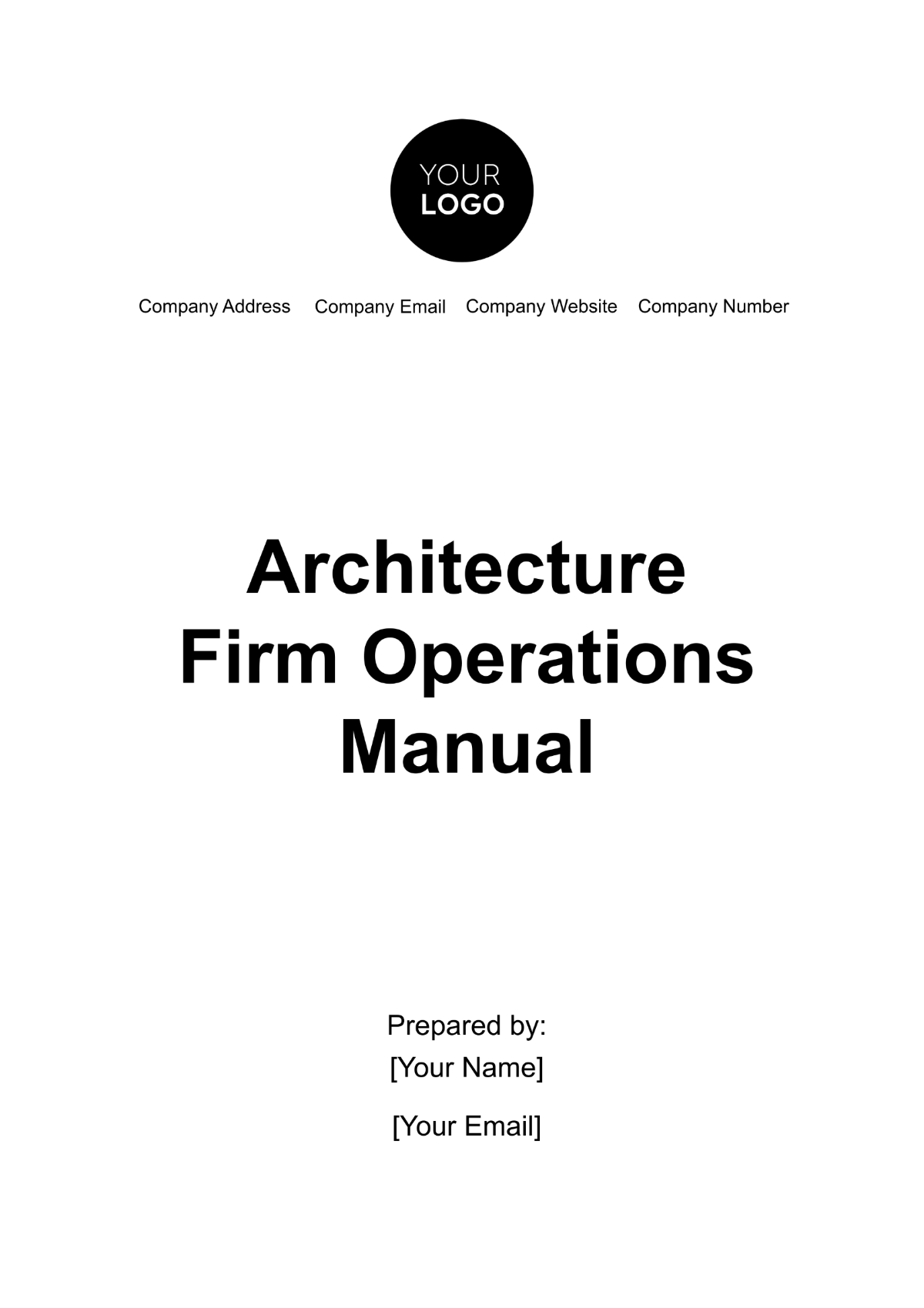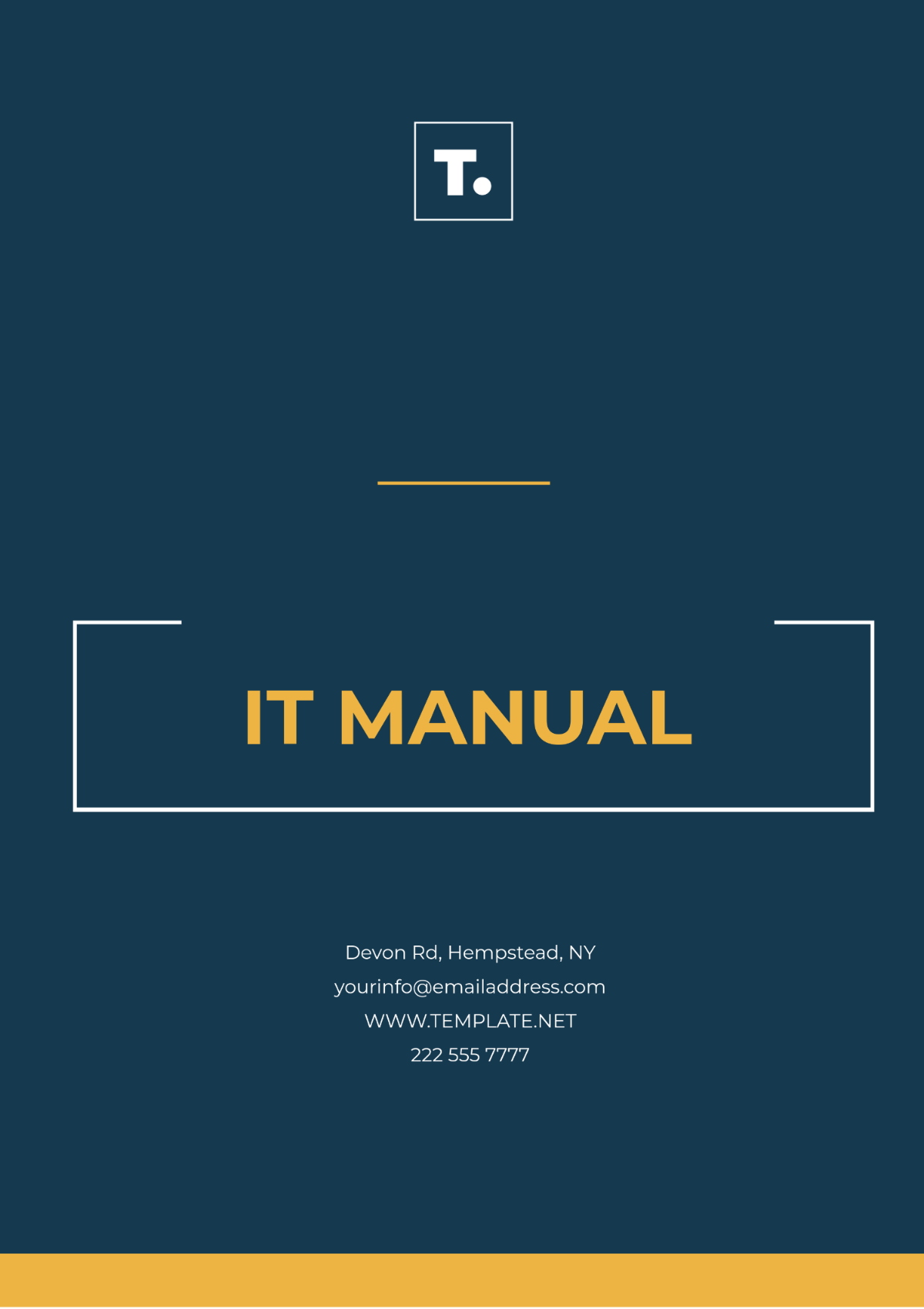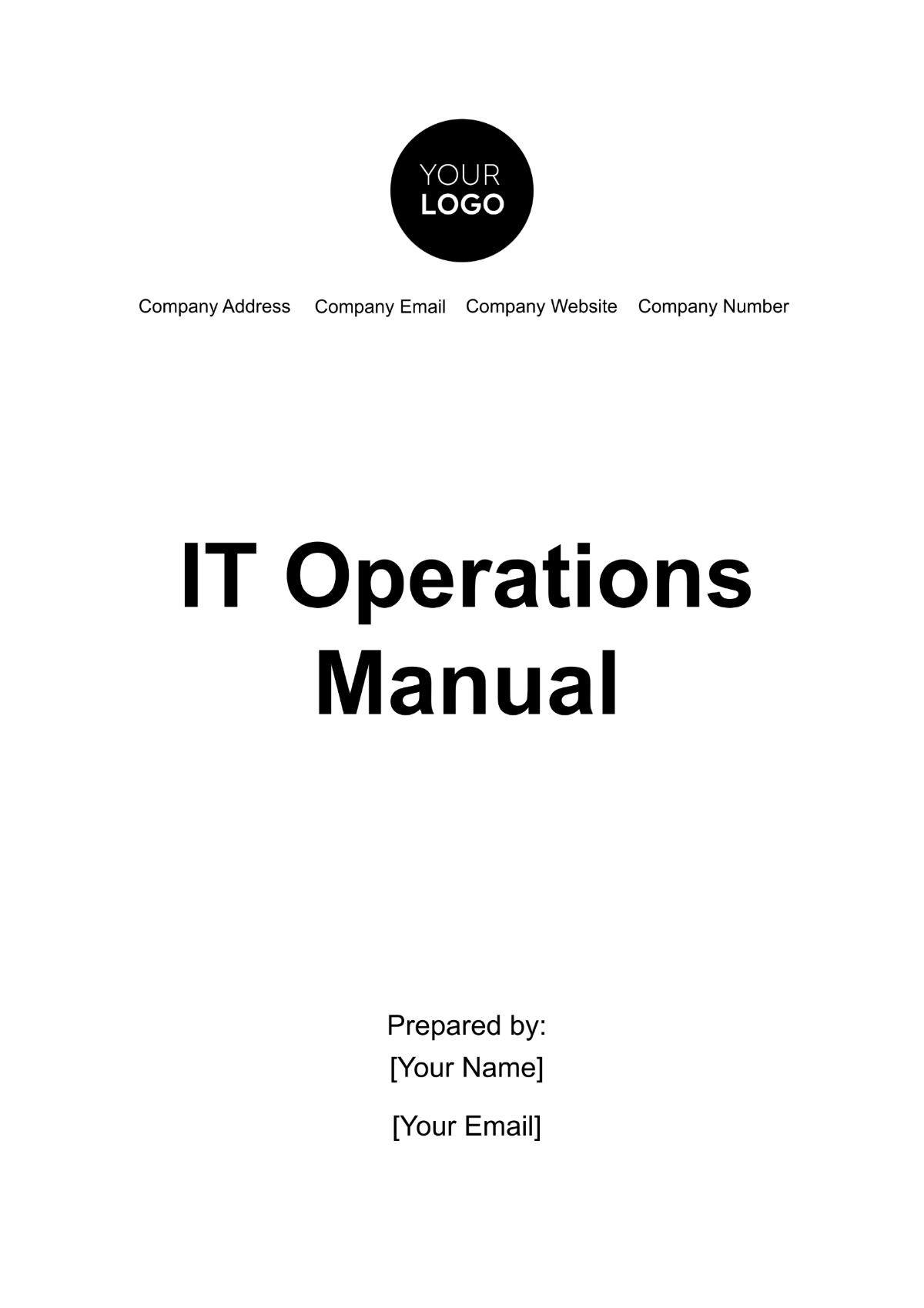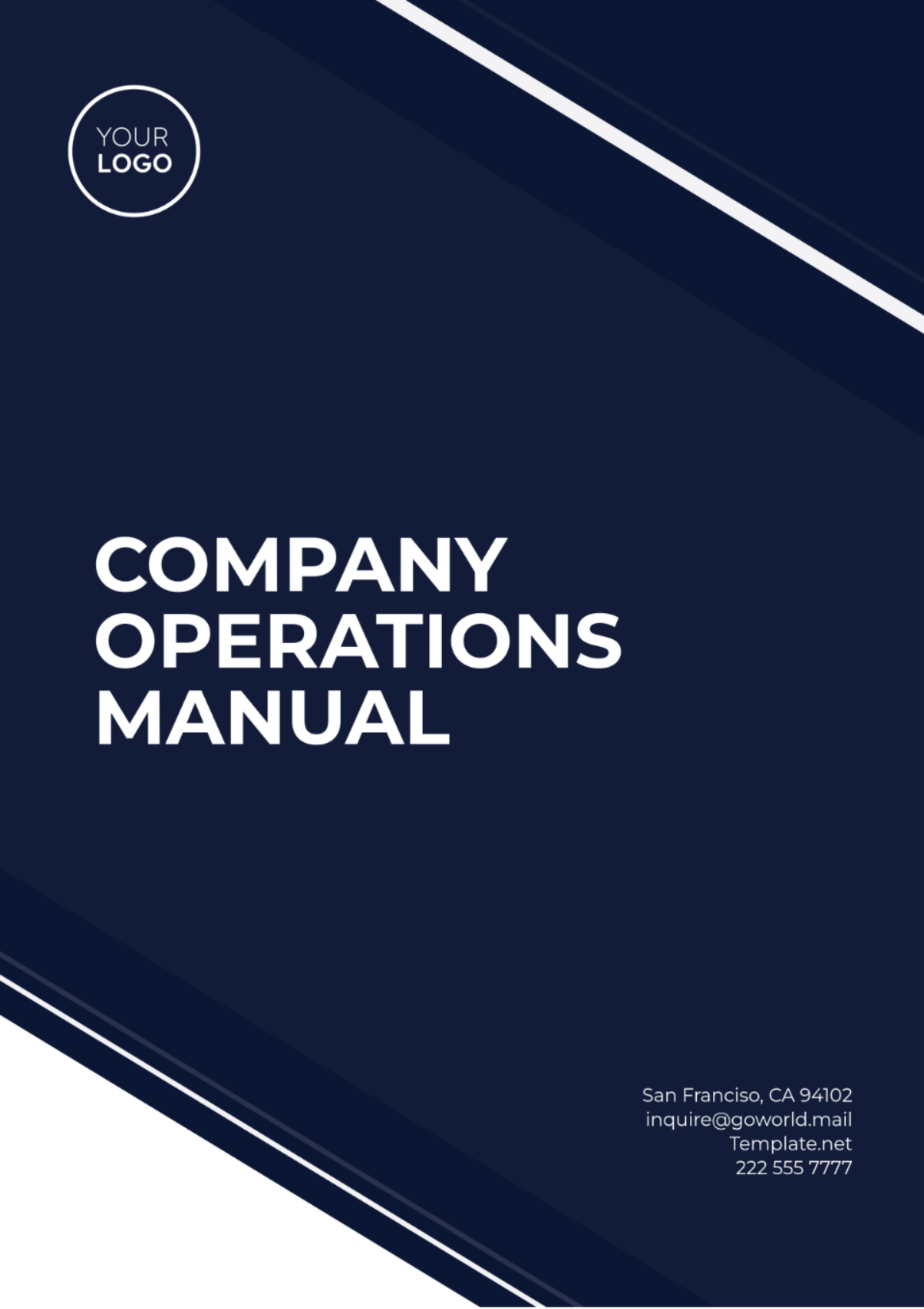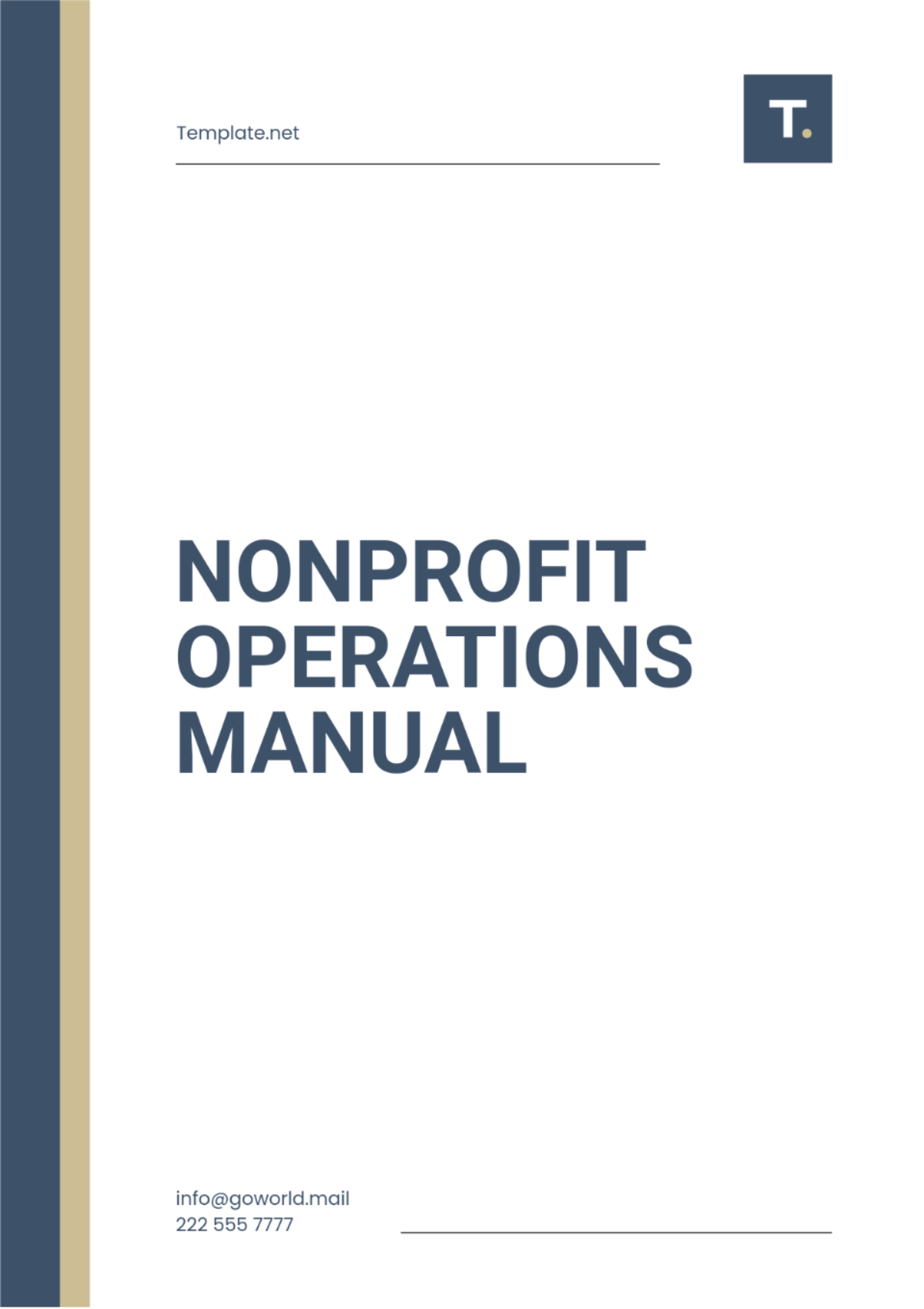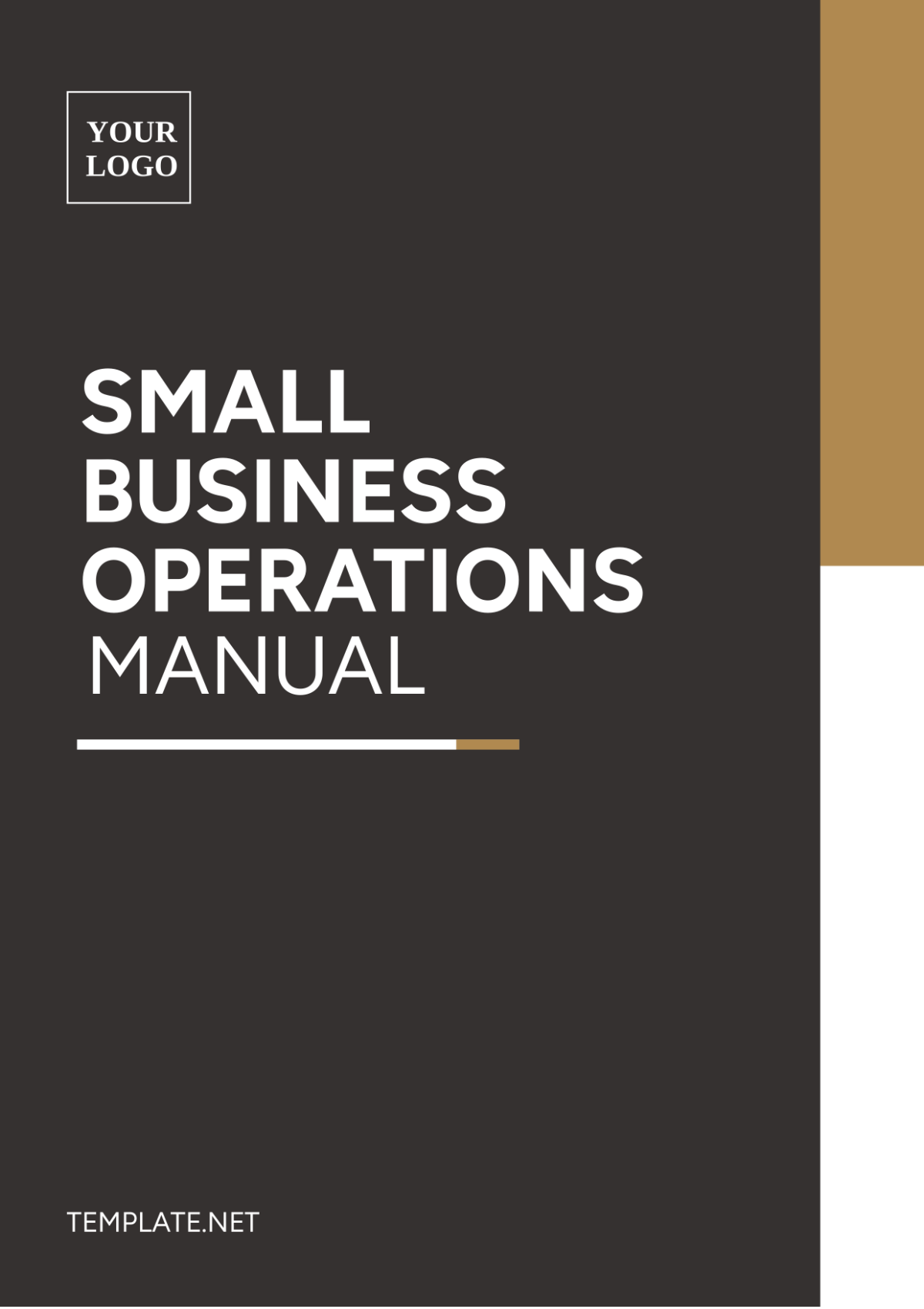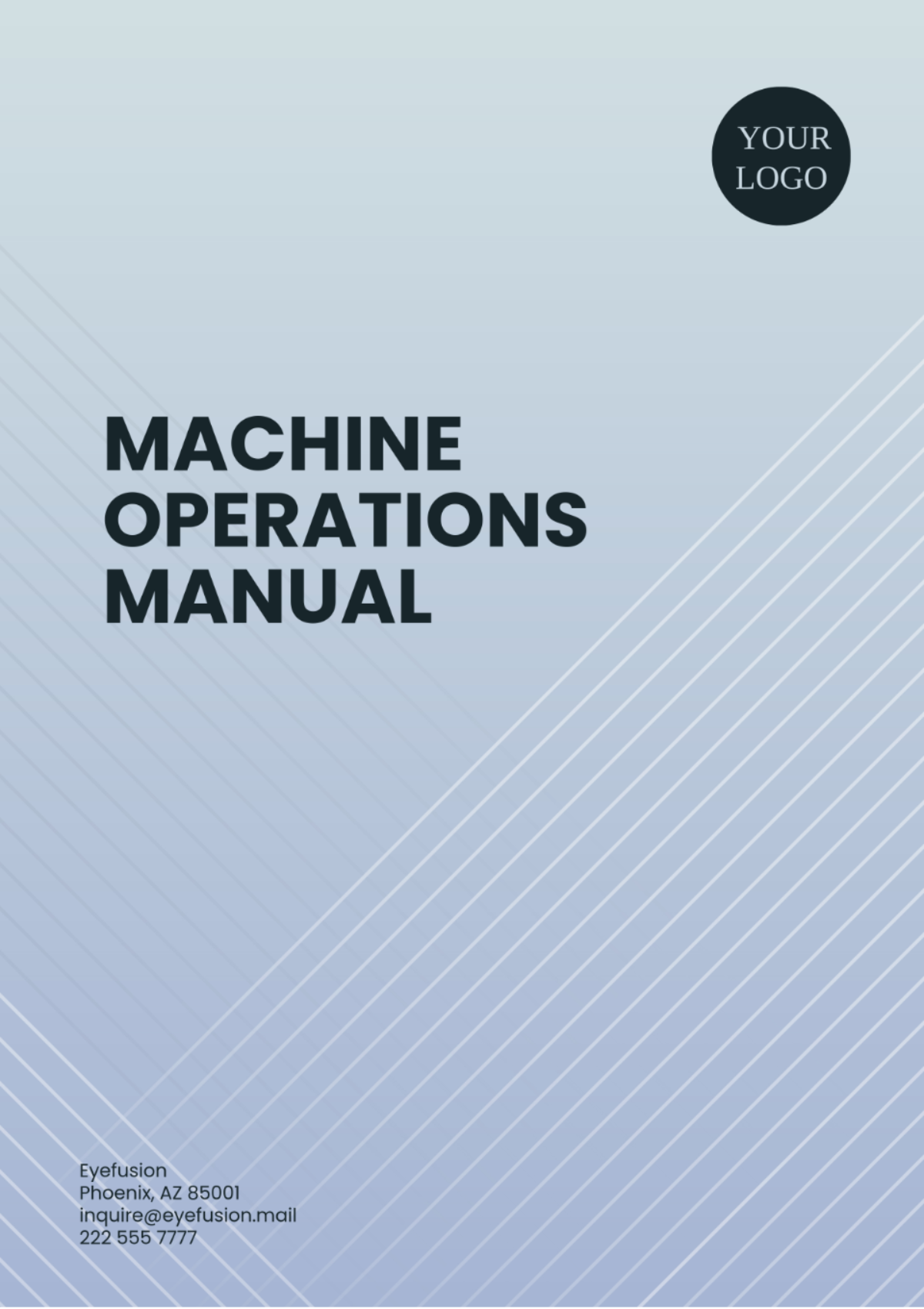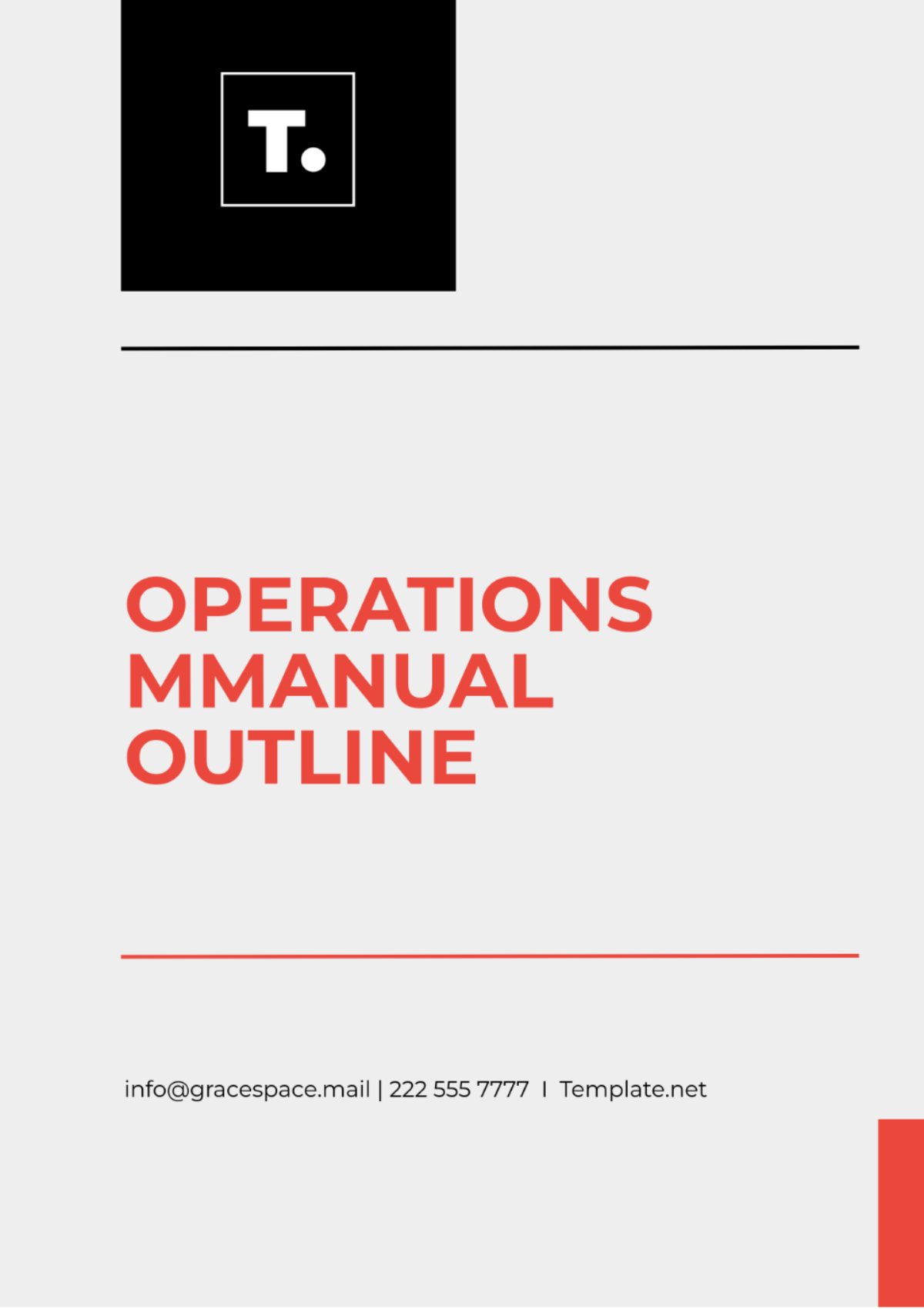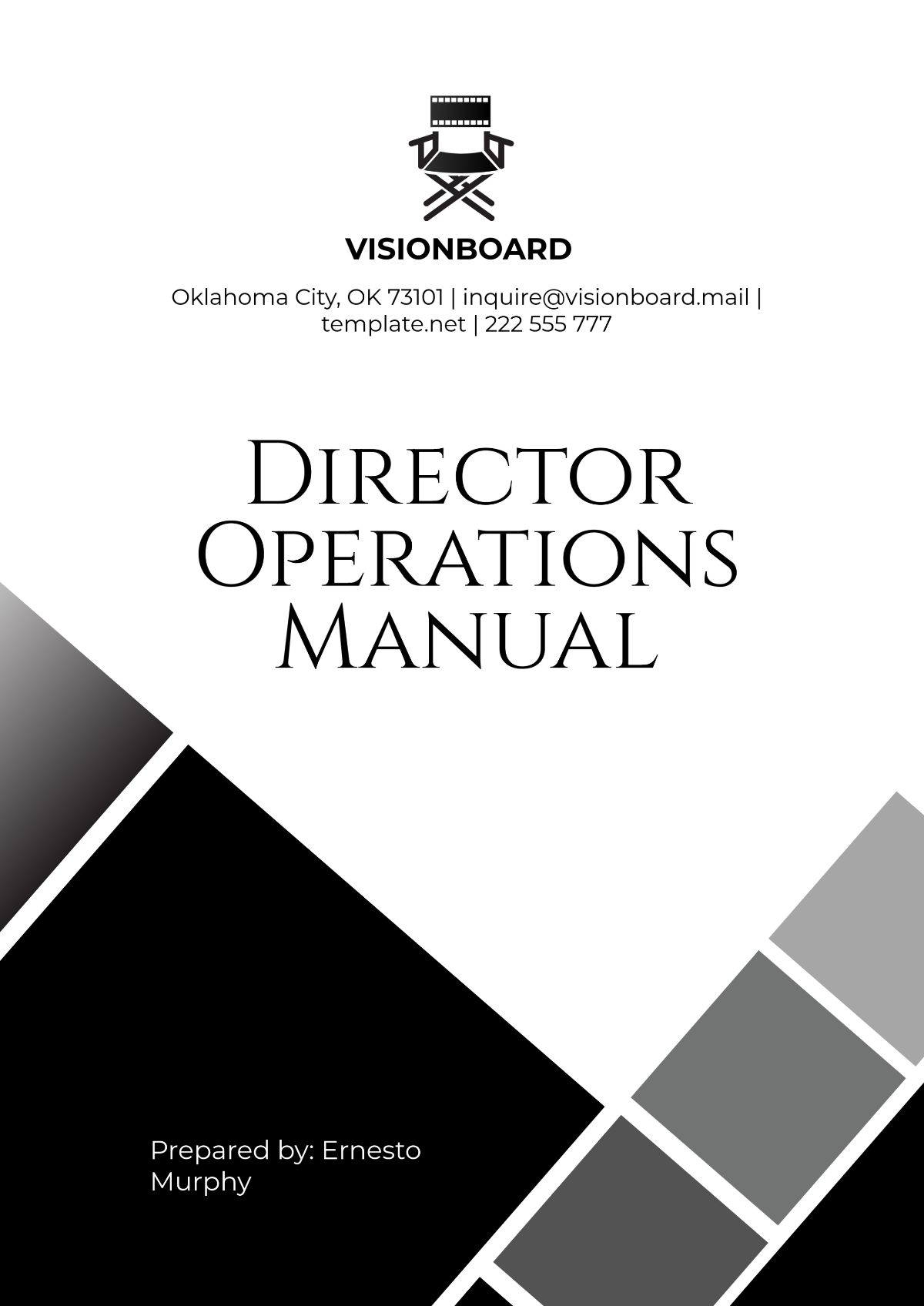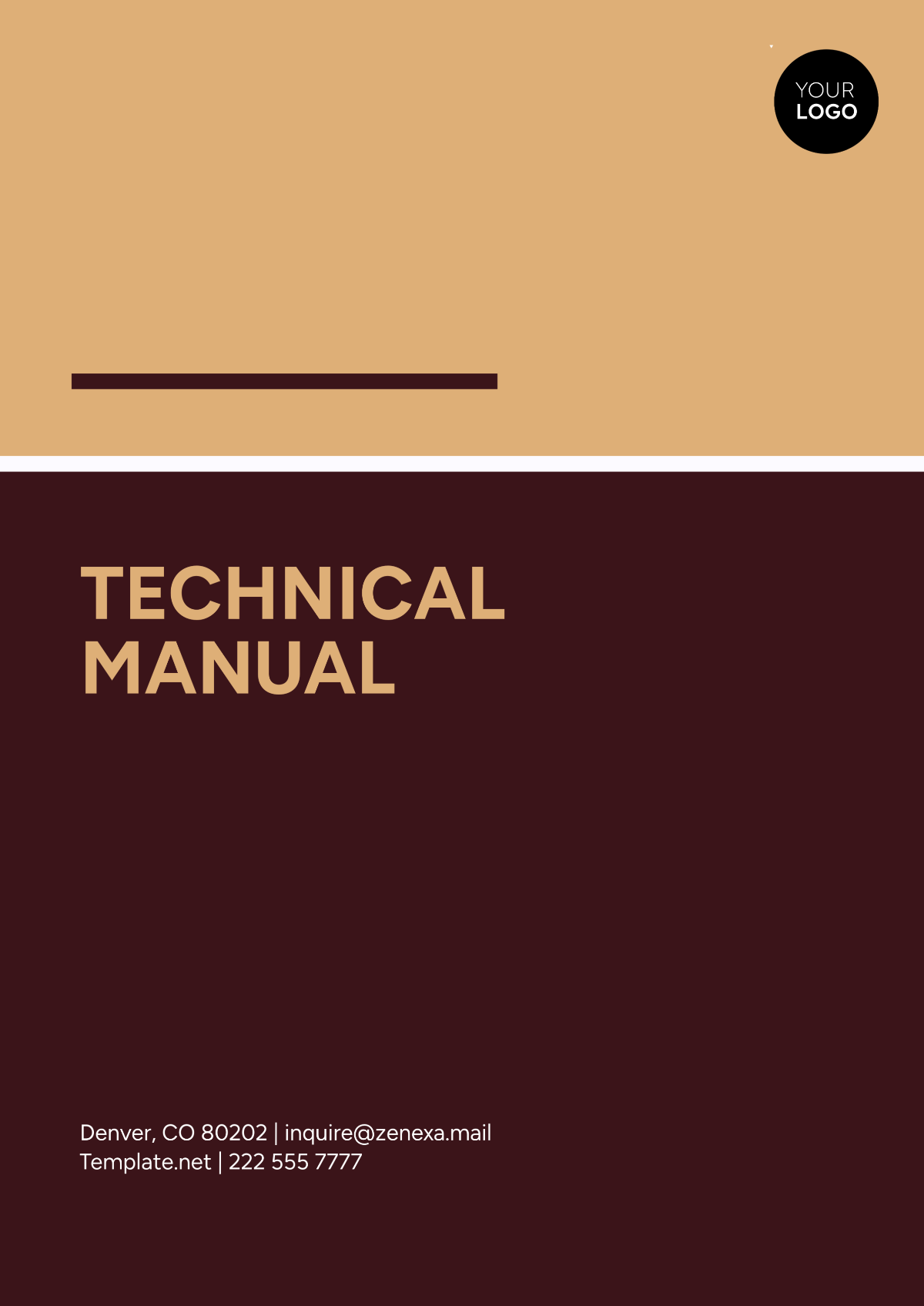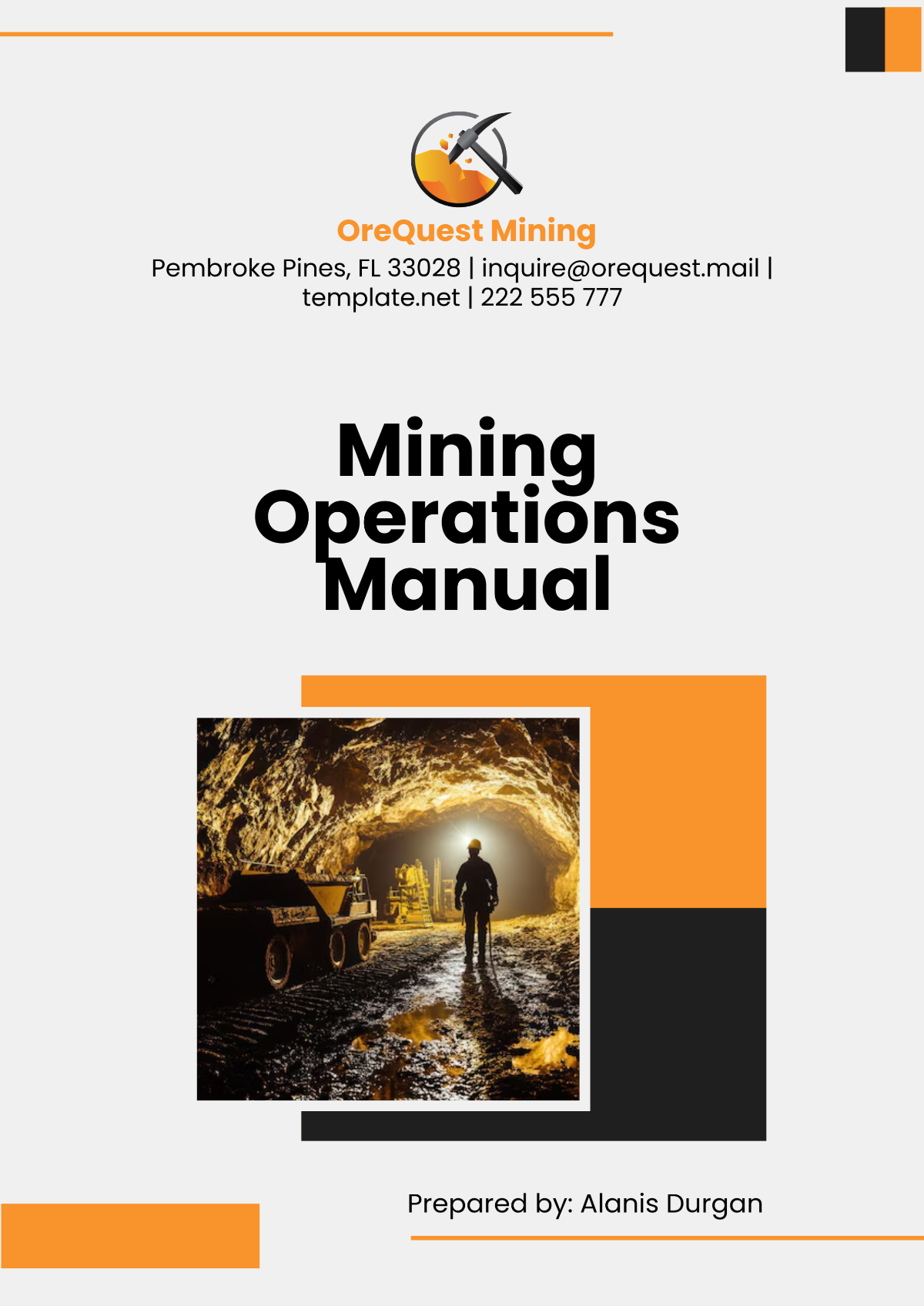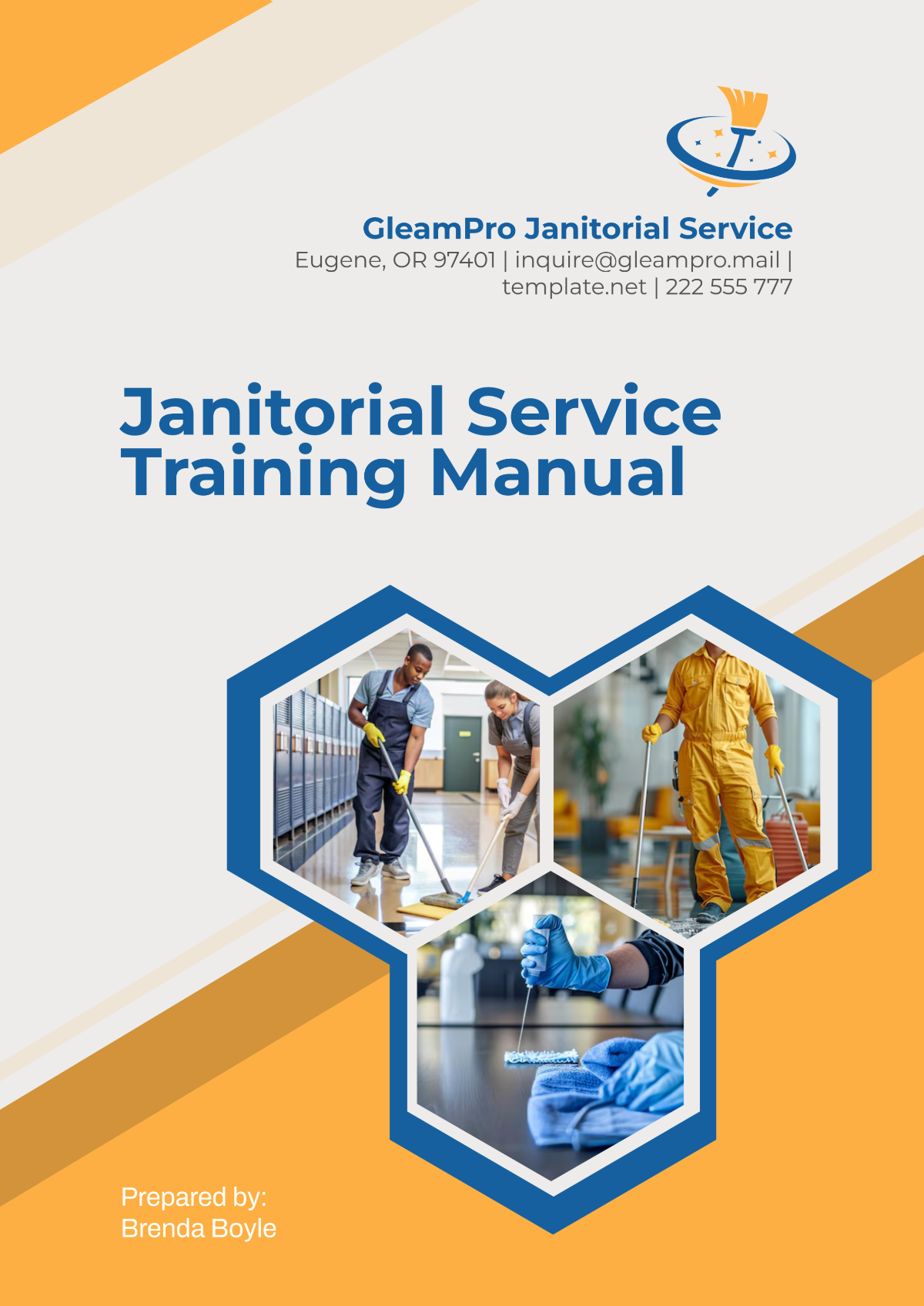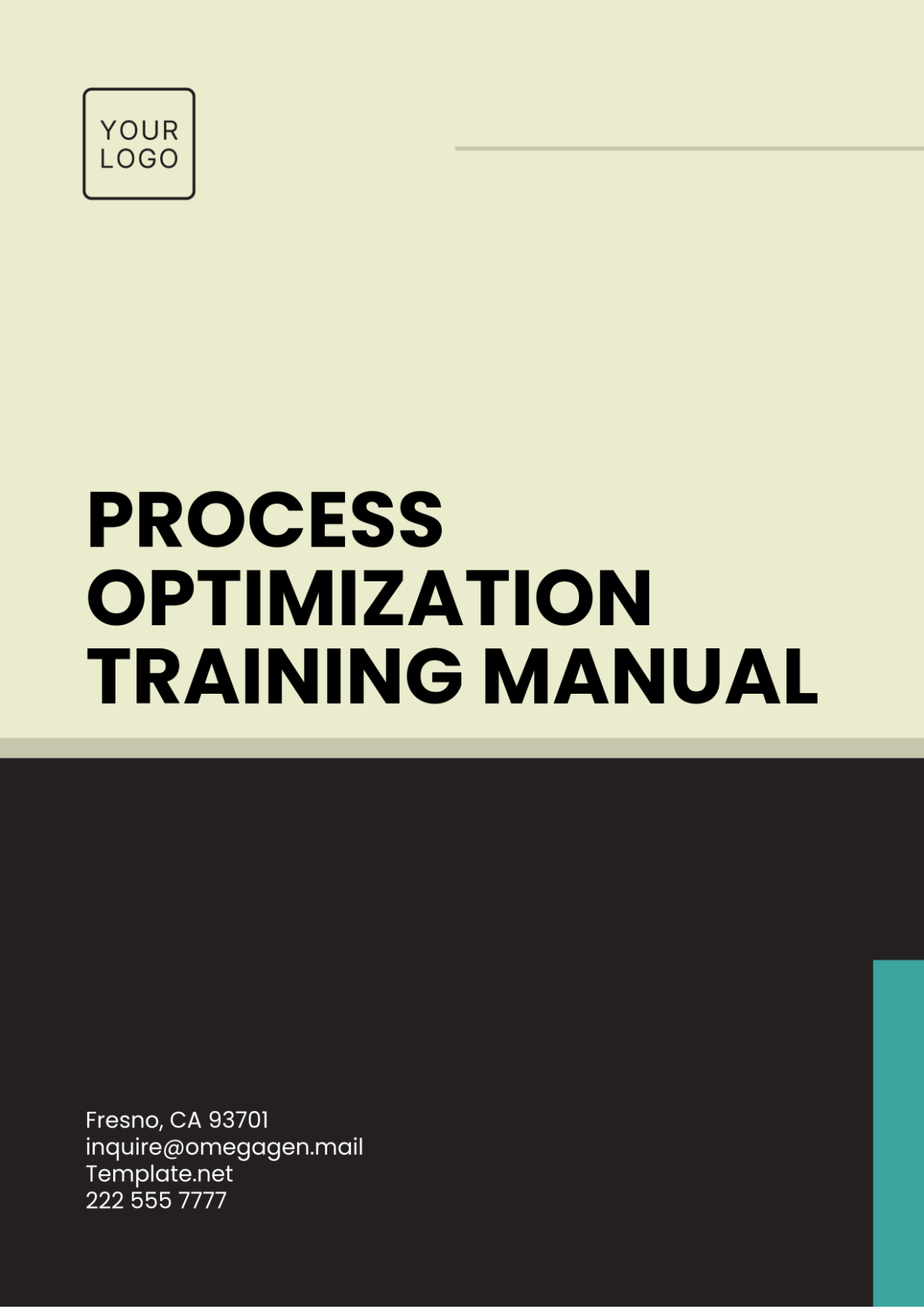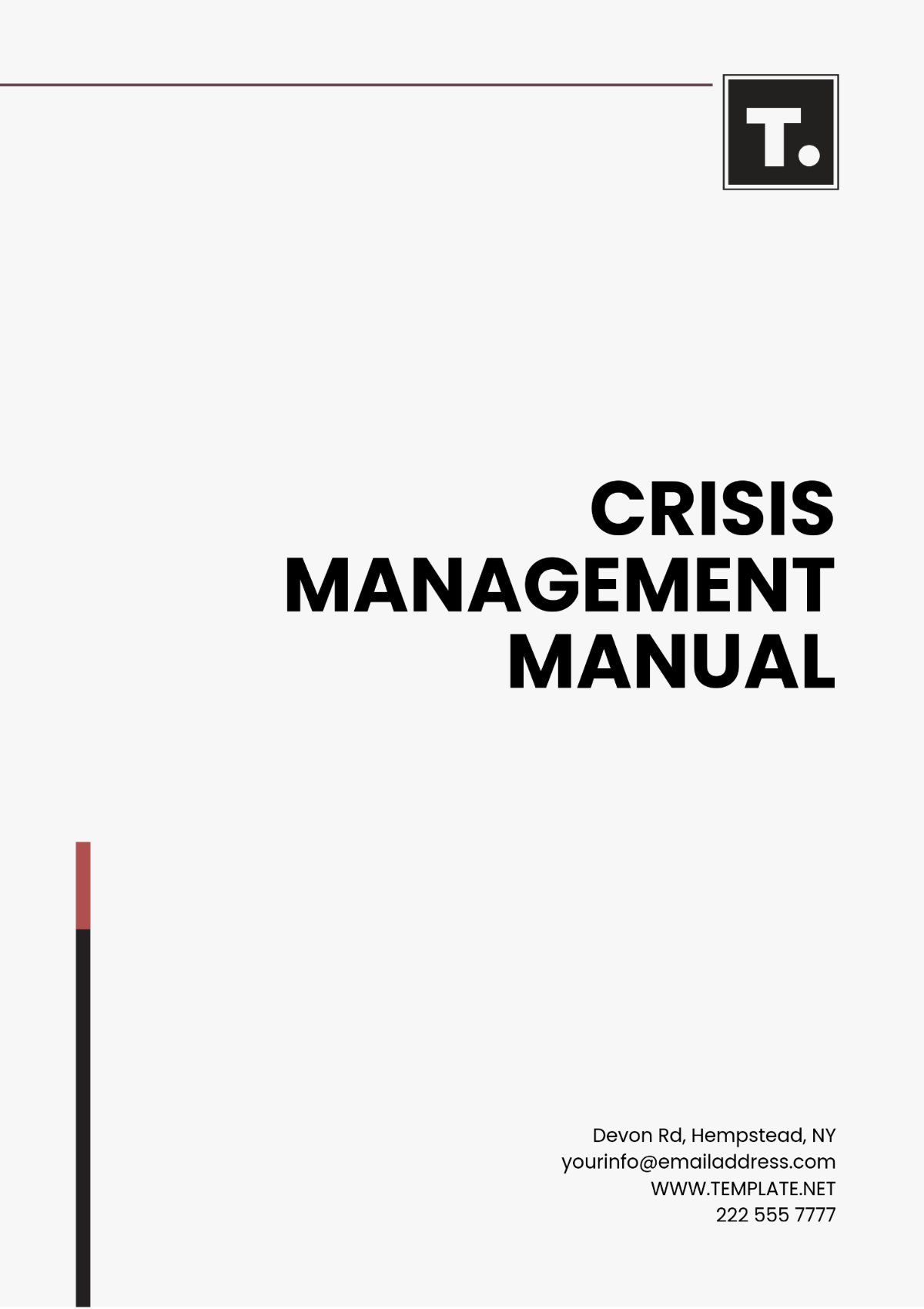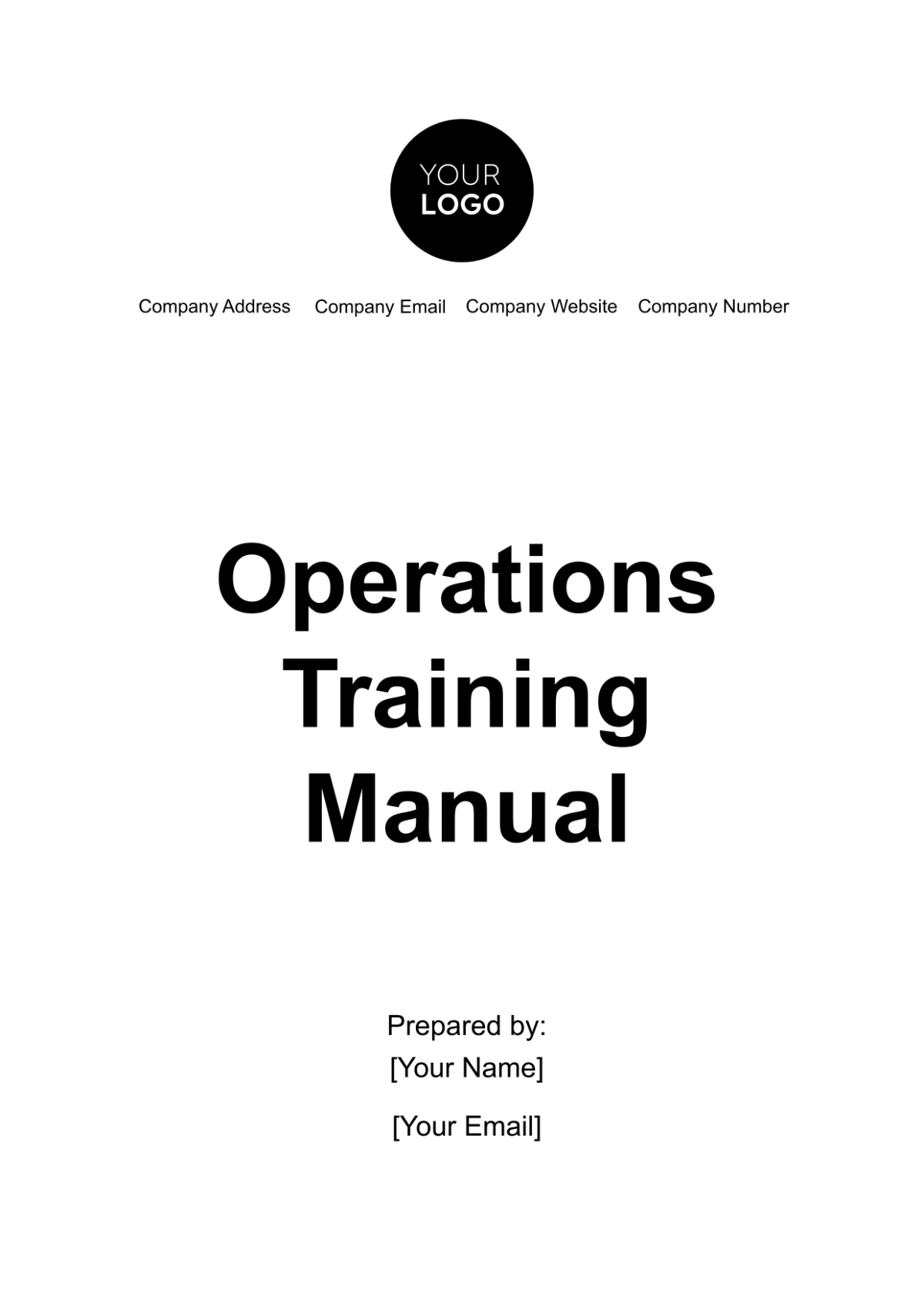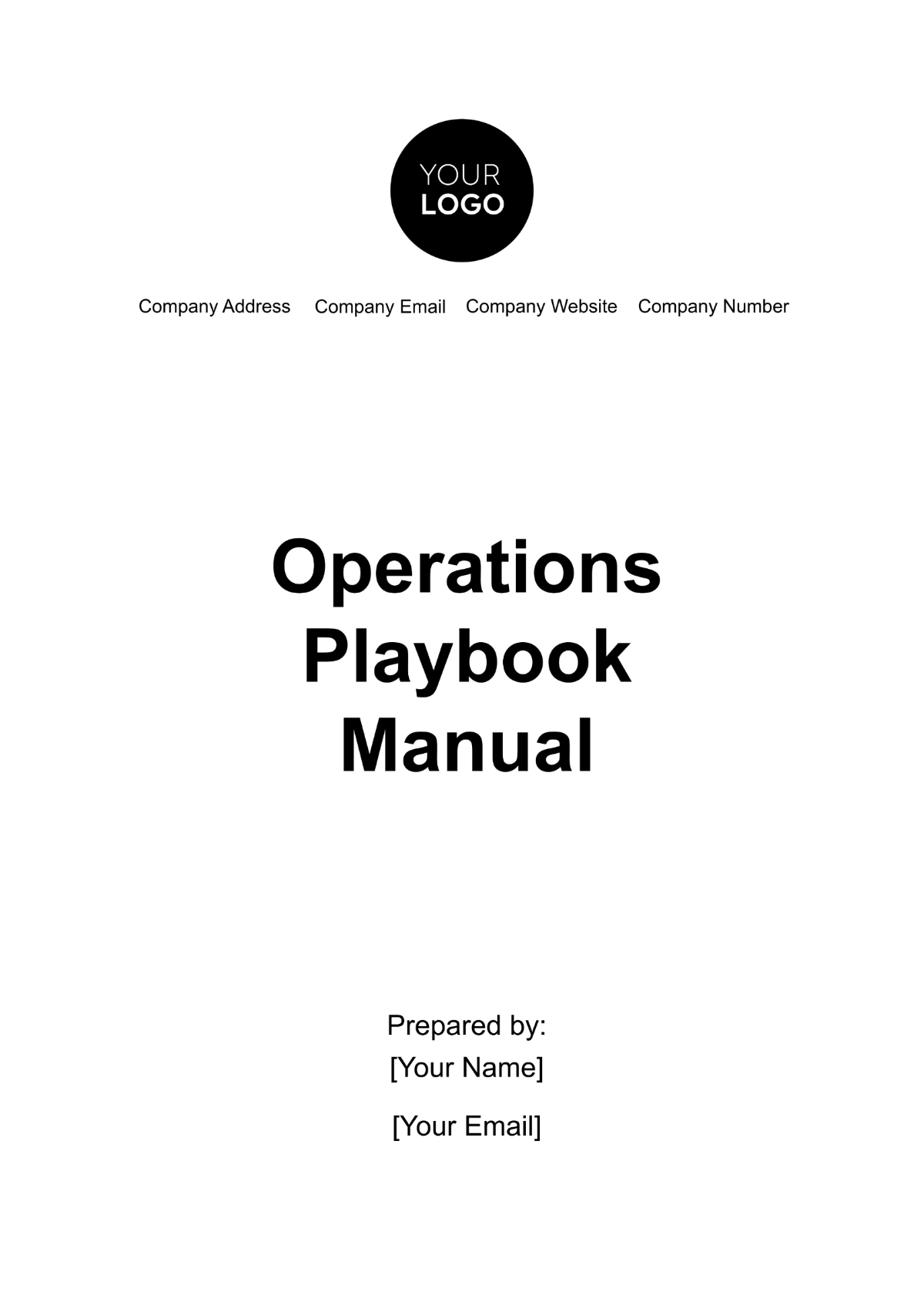Operations Financial Controls System Manual
I. Introduction
A. Purpose
The Operations Financial Controls System Manual serves as the cornerstone for establishing and maintaining a robust financial control environment within [Your Company Name]. Its primary purpose is to delineate the framework, procedures, and guidelines necessary for ensuring the accuracy, reliability, and integrity of financial information. By adhering to the principles and practices outlined in this manual, [Your Company Name] aims to mitigate financial risks, enhance transparency, and foster stakeholder trust.
The specific objectives of this manual include:
Providing a comprehensive overview of financial control policies and procedures.
Clarifying roles, responsibilities, and accountabilities related to financial management.
Ensuring compliance with relevant regulatory requirements and industry standards.
Facilitating effective communication and coordination among stakeholders involved in financial activities.
Promoting a culture of accountability, ethics, and continuous improvement in financial management practices.
B. Scope
The scope of this manual encompasses the entire spectrum of financial activities and processes conducted within [Your Company Name]. It applies to all departments, divisions, subsidiaries, and entities under the purview of [Your Company Name]. Additionally, it extends to all employees, contractors, consultants, and third-party entities involved in financial transactions or decision-making processes.
The key areas covered within the scope of this manual include, but are not limited to:
Expense management: Policies and procedures governing the authorization, recording, and reporting of expenses incurred by the organization.
Revenue recognition: Guidelines for recognizing and recording revenue in compliance with applicable accounting standards and contractual agreements.
Budgeting and forecasting: Processes for preparing, reviewing, and monitoring budgets and financial forecasts to support strategic decision-making.
Cash management: Procedures for managing cash flows, liquidity, and treasury operations to optimize financial resources and mitigate liquidity risks.
Financial reporting: Requirements for preparing accurate, timely, and comprehensive financial statements and reports in accordance with regulatory standards and internal policies.
Risk management: Strategies for identifying, assessing, and mitigating financial risks that could impact the organization's financial performance and reputation.
Compliance and audit: Measures to ensure compliance with relevant laws, regulations, and industry standards, as well as the conduct of internal and external audits to assess and validate the effectiveness of financial controls.
C. Audience
The target audience for this manual encompasses a diverse range of stakeholders within [Your Company Name], including:
Executives and senior management responsible for strategic decision-making and oversight of financial operations.
Finance professionals, including accounting staff, financial analysts, and budget managers involved in day-to-day financial activities.
Compliance officers and internal auditors tasked with monitoring and evaluating the organization's adherence to financial policies and regulatory requirements.
Employees at all levels who participate in financial transactions or are affected by financial policies and procedures.
External stakeholders, such as regulators, investors, creditors, customers, and suppliers, who rely on accurate and transparent financial information for decision-making purposes.
By addressing the needs and expectations of these diverse stakeholders, this manual aims to provide comprehensive guidance and support for maintaining effective financial controls and promoting the long-term success and sustainability of [Your Company Name].
II. Governance Framework
A. Organizational Structure
[Your Company Name] adopts a structured organizational hierarchy to facilitate efficient financial management and oversight. The Finance Department serves as the central hub for financial activities and is headed by the Chief Financial Officer (CFO), who reports directly to the Chief Executive Officer (CEO) or the Board of Directors. The Finance Department comprises various functional units responsible for specific aspects of financial management, including accounting, budgeting, treasury, and compliance.
The following table provides an overview of the organizational structure of the Finance Department:
Role | Responsibilities |
|---|---|
Chief Financial Officer (CFO) |
|
Finance Manager |
|
Accounting Team |
|
Budgeting and Planning Team |
|
Treasury and Cash Management Team |
|
Compliance and Internal Audit Team |
|
B. Compliance Standards
[Your Company Name] is committed to upholding the highest standards of integrity, transparency, and ethical conduct in all its financial activities. Compliance with relevant laws, regulations, and industry standards is fundamental to maintaining the trust and confidence of stakeholders. The following outlines the key compliance standards and regulations that [Your Company Name] adheres to:
Generally Accepted Accounting Principles (GAAP): [Your Company Name] follows GAAP principles to ensure consistency, comparability, and transparency in financial reporting. GAAP provides a standardized framework for recording, summarizing, and presenting financial information, facilitating meaningful analysis and decision-making.
International Financial Reporting Standards (IFRS): In addition to GAAP, [Your Company Name] may also adhere to IFRS principles, especially if operating in international markets or if required by regulatory authorities. IFRS provides a globally recognized set of accounting standards that promote transparency and comparability across borders.
Sarbanes-Oxley Act (SOX): Compliance with SOX regulations is essential for publicly traded companies listed on U.S. stock exchanges. SOX aims to enhance corporate governance, financial transparency, and investor protection by establishing stringent requirements for internal controls, financial reporting, and auditor independence.
Regulatory Requirements: [Your Company Name] complies with all applicable laws, regulations, and directives issued by regulatory authorities governing financial activities, including but not limited to tax laws, securities regulations, and banking regulations. Compliance with these requirements is essential for avoiding legal penalties, reputational damage, and financial losses.
Industry Standards: Depending on the nature of [Your Company Name]'s business activities, it may be subject to industry-specific standards, guidelines, or best practices issued by professional organizations, trade associations, or regulatory bodies. Compliance with these standards helps [Your Company Name] maintain industry competitiveness, customer trust, and operational excellence.
III. Financial Control Policies
A. Expense Management
Expense management at [Your Company Name] is governed by clear policies and procedures to ensure efficient use of resources while maintaining financial discipline. The following policies and procedures are implemented:
Expense Authorization: All expenses must be authorized according to predefined approval hierarchies. Depending on the nature and amount of the expense, approvals may be required from department heads, managers, or designated finance personnel.
Expense Documentation: Proper documentation is essential for all expenses incurred by employees. This includes receipts, invoices, and supporting documents, which must be submitted along with expense reports for reimbursement.
Expense Reimbursement: Reimbursement of expenses is processed promptly upon submission of complete and accurate expense reports. Reimbursement amounts are subject to review and approval by finance personnel to ensure compliance with company policies and budgetary constraints.
Expense Review and Monitoring: Finance personnel conduct regular reviews of expense reports to identify any discrepancies, unauthorized expenses, or instances of non-compliance with company policies. Any discrepancies are investigated promptly, and appropriate corrective actions are taken.
B. Revenue Recognition
Revenue recognition policies at [Your Company Name] are designed to ensure compliance with applicable accounting standards and to accurately reflect the company's financial performance. The following principles guide revenue recognition:
Revenue Recognition Criteria: Revenue is recognized when it is earned and realized or realizable, and when all of the following criteria are met:
The company has transferred the promised goods or services to the customer.
The company has determined the transaction price.
The company has reasonably assured collectability of the consideration.
Recognition Methods: Revenue is recognized using appropriate methods based on the nature of the transaction and the terms of the contract. Common methods include:
Point of sale recognition for sales of goods.
Percentage-of-completion method for long-term contracts.
Subscription or installment method for recurring services.
Contract Review: Contracts are reviewed to identify any potential contingencies, variable consideration, or performance obligations that may impact revenue recognition. Any uncertainties or complexities in contract terms are addressed through careful analysis and estimation.
C. Budgeting and Forecasting
Budgeting and forecasting processes at [Your Company Name] are essential for planning, resource allocation, and performance evaluation. The following procedures are followed:
Annual Budget Preparation: Each department is responsible for preparing an annual budget based on projected revenues, expenses, and capital expenditures. Budgets are developed in collaboration with finance personnel and are aligned with strategic objectives and operational plans.
Budget Review and Approval: to ensure alignment with company goals, financial targets, and resource constraints. Once approved, budgets serve as the basis for financial planning and decision-making throughout the fiscal year.
Periodic Forecasting: In addition to annual budgets, periodic forecasts are prepared to reflect changes in market conditions, business trends, and other factors that may impact financial performance. Forecasts are updated regularly to provide management with timely insights for decision-making.
Variance Analysis: Actual financial results are compared to budgeted and forecasted figures to identify variances and analyze the underlying causes. Variances are monitored closely, and corrective actions are taken as needed to address deviations from planned targets.
D. Cash Management
Effective cash management is essential for ensuring liquidity, managing financial risks, and optimizing returns on cash assets. [Your Company Name] follows the following cash management policies and procedures:
Cash Flow Forecasting: Cash flow forecasts are prepared regularly to project future cash inflows and outflows. Forecasts are based on historical data, current market conditions, and anticipated business activities to ensure adequate liquidity for operational needs.
Working Capital Management: Working capital levels are monitored closely to maintain an appropriate balance between current assets and liabilities. Strategies for optimizing working capital may include managing accounts receivable, accounts payable, and inventory levels.
Investment Policy: Surplus cash funds are invested in accordance with an established investment policy. Investments are diversified to minimize risks and maximize returns while ensuring liquidity and capital preservation.
Banking Relationships: [Your Company Name] maintains strong relationships with banks and financial institutions to facilitate efficient cash management. Banking services may include cash concentration, lockbox services, electronic funds transfer, and credit facilities.
IV. Control Procedures
A. Authorization and Approval Process
Authorization and approval processes are crucial for ensuring that financial transactions are conducted in accordance with company policies and procedures. The following controls are implemented:
Segregation of Duties: Duties related to authorization, recording, and custody of assets are segregated to prevent fraud and errors. Employees are assigned roles and responsibilities based on their job functions, and no single individual has control over all aspects of a transaction.
Approval Hierarchies: Approval hierarchies are established to ensure that transactions are authorized by individuals with the appropriate level of authority and oversight. Approval thresholds are defined based on the nature and amount of the transaction, with higher amounts requiring approval from senior management or designated committees.
Documentation Requirements: Proper documentation is required for all authorized transactions. This includes purchase orders, contracts, invoices, receipts, and other supporting documents, which must be retained for audit purposes and compliance with recordkeeping requirements.
Review and Monitoring: Transactions are subject to regular reviews and monitoring to identify any deviations from established policies and procedures. Exception reports are generated to highlight unusual or suspicious activities, which are investigated promptly by finance personnel.
B. Segregation of Duties
Segregation of duties is a fundamental control measure aimed at preventing errors and fraud by distributing key duties among different individuals. The following principles guide segregation of duties at [Your Company Name]:
Authorization: The individual authorizing a transaction should be separate from the individual recording or executing the transaction. This separation ensures that transactions are approved by an independent party with the appropriate authority.
Recording: The individual responsible for recording financial transactions should be separate from the individual responsible for reconciling accounts or performing other control functions. This separation helps to ensure the accuracy and integrity of financial records.
Custody: The individual responsible for handling cash, checks, or other assets should be separate from the individual responsible for accounting for those assets. This segregation helps to prevent theft or misappropriation of assets and enhances accountability.
Review and Oversight: Supervisory or oversight functions should be separate from operational functions to provide independent review and monitoring of financial activities. This separation ensures that controls are effectively implemented and compliance is maintained.
C. Documentation Standards
Documentation standards are essential for maintaining accurate records, supporting audit trails, and ensuring compliance with regulatory requirements. The following standards are followed for documentation at [Your Company Name]:
Completeness: All financial transactions must be fully documented, including details such as date, amount, description, and authorization. Incomplete or missing documentation may result in delays, errors, or non-compliance with company policies.
Accuracy: Financial documents must be accurate and free from errors or discrepancies. Any corrections or adjustments should be clearly documented and approved by authorized personnel to maintain the integrity of the records.
Timeliness: Financial documents should be prepared, reviewed, and processed in a timely manner to support operational needs and financial reporting deadlines. Delays in documentation may hinder decision-making and compromise the reliability of financial information.
Retention and Storage: Financial records must be retained for the required retention period specified by company policies, regulatory requirements, or legal obligations. Records should be stored securely to prevent loss, damage, or unauthorized access.
D. Monitoring and Reporting
Monitoring and reporting mechanisms are essential for assessing the effectiveness of financial controls and identifying areas for improvement. The following procedures are implemented for monitoring and reporting at [Your Company Name]:
Regular Reviews: Financial controls and processes are subject to regular reviews and assessments to identify weaknesses, gaps, or deficiencies. Reviews may be conducted by internal audit teams, compliance officers, or external consultants.
Key Performance Indicators (KPIs): Key performance indicators are used to measure the effectiveness and efficiency of financial controls. KPIs may include metrics such as error rates, transaction processing times, and compliance levels, which are monitored regularly to track performance and identify trends.
Exception Reporting: Exception reports are generated to highlight any deviations from established policies, procedures, or performance targets. These reports are reviewed by management and appropriate corrective actions are taken to address identified issues.
Management Dashboards: Management dashboards are used to provide senior executives and stakeholders with real-time visibility into financial performance and control status. Dashboards may include graphical representations of KPIs, trend analyses, and comparative data to support decision-making and strategic planning.
Internal Reporting: Internal reports are prepared and distributed to relevant stakeholders to communicate the results of monitoring activities, audit findings, and corrective actions. Internal reporting helps to promote transparency, accountability, and continuous improvement in financial management practices.
V. Risk Management
A. Identification of Financial Risks
At [Your Company Name], risk management is a proactive process aimed at identifying, assessing, and mitigating potential financial risks that could impact the organization's objectives and performance. The following steps are taken to identify financial risks:
Risk Identification Workshops: Periodic workshops and brainstorming sessions are conducted with key stakeholders to identify potential financial risks. Participants from various departments and functions contribute their insights and perspectives to ensure comprehensive risk identification.
Risk Registers: Risk registers are maintained to document identified risks, including their nature, potential impact, likelihood of occurrence, and mitigation strategies. Risks are categorized based on their source (e.g., market risk, credit risk, operational risk) to facilitate systematic analysis and management.
Historical Data Analysis: Analysis of historical data, including financial statements, performance metrics, and incident reports, helps identify recurring patterns or trends that may indicate underlying financial risks. Lessons learned from past experiences are used to inform risk assessment and mitigation efforts.
External Environment Scanning: Regular monitoring of external factors such as economic conditions, regulatory changes, market trends, and competitive landscape helps anticipate emerging risks that could affect financial performance. Information gathered from industry reports, news sources, and expert analysis is used to inform risk assessments.
B. Risk Assessment and Mitigation Strategies
Once financial risks are identified, they are assessed to determine their potential impact and likelihood of occurrence. Mitigation strategies are then developed and implemented to manage or mitigate these risks effectively:
Risk Impact Assessment: Risks are assessed based on their potential impact on financial performance, strategic objectives, and stakeholder interests. Factors such as financial loss, reputational damage, regulatory sanctions, and operational disruptions are considered when evaluating risk severity.
Risk Probability Analysis: Risks are evaluated based on their likelihood of occurrence, considering factors such as historical data, industry benchmarks, expert judgment, and scenario analysis. Risks with higher probability and severity are prioritized for mitigation efforts.
Risk Mitigation Plans: Mitigation plans are developed to address identified risks and reduce their likelihood or impact. Mitigation measures may include implementing internal controls, diversifying investments, purchasing insurance, hedging against financial risks, renegotiating contracts, or developing contingency plans.
Monitoring and Review: Risk mitigation efforts are monitored regularly to assess their effectiveness and adaptability to changing conditions. Key risk indicators (KRIs) are tracked to provide early warning signals of potential risk events, allowing for timely intervention and adjustment of mitigation strategies.
C. Internal Audit Function
The internal audit function plays a critical role in evaluating the effectiveness of financial controls, identifying areas of improvement, and providing assurance to management and stakeholders. The following activities are conducted as part of the internal audit function:
Audit Planning: Annual audit plans are developed based on a comprehensive risk assessment, considering both financial and non-financial risks. Audit priorities are determined based on the significance and complexity of identified risks, as well as stakeholder expectations.
Audit Execution: Audit procedures are performed in accordance with established audit standards and methodologies. This includes testing the design and operating effectiveness of key financial controls, reviewing financial transactions and records, and assessing compliance with policies and regulations.
Audit Reporting: Audit findings and recommendations are communicated to management and relevant stakeholders through formal audit reports. Findings are categorized based on severity and urgency, with recommendations for corrective actions to address identified deficiencies or weaknesses in financial controls.
Follow-up and Monitoring: Management responses to audit findings are tracked and monitored to ensure timely implementation of corrective actions. Follow-up audits may be conducted to verify the effectiveness of remediation efforts and to provide assurance that identified risks have been adequately addressed.
Continuous Improvement: The internal audit function contributes to continuous improvement in financial management practices by providing insights, recommendations, and best practices based on audit findings and industry benchmarks. Lessons learned from audits are shared across the organization to enhance risk awareness and control effectiveness.
VI. Training and Awareness
A. Training Programs
[Your Company Name] recognizes the importance of providing ongoing training and development opportunities to employees to enhance their financial knowledge, skills, and awareness. The following training programs are offered:
Financial Literacy Workshops: Workshops are conducted to improve employees' understanding of basic financial concepts, such as budgeting, financial statements, cash flow management, and investment principles. These workshops are tailored to different employee groups based on their job roles and responsibilities.
Internal Controls Training: Training sessions are conducted to educate employees on the importance of internal controls in safeguarding assets, preventing fraud, and ensuring compliance with policies and regulations. Employees are trained on their roles and responsibilities in maintaining effective internal controls within their respective areas.
Regulatory Compliance Training: Training programs are designed to familiarize employees with relevant laws, regulations, and industry standards governing financial activities. This includes training on topics such as anti-money laundering (AML), data privacy, ethics, and corporate governance.
Technology Training: With the increasing use of technology in financial operations, employees are provided with training on financial software, systems, and tools to enhance their proficiency in using these technologies effectively. Training may cover topics such as accounting software, enterprise resource planning (ERP) systems, and data analytics tools.
Professional Development: [Your Company Name] supports employees' professional development by sponsoring certifications, courses, and seminars related to finance, accounting, auditing, and risk management. Employees are encouraged to pursue relevant certifications such as Certified Public Accountant (CPA), Certified Internal Auditor (CIA), or Chartered Financial Analyst (CFA).
B. Communication Channels
Effective communication channels are essential for disseminating information, promoting transparency, and fostering collaboration in financial management. [Your Company Name] employs the following communication channels:
Internal Newsletters and Memos: Periodic newsletters and memos are distributed to employees to provide updates on financial policies, procedures, and initiatives. These communications may also highlight best practices, success stories, and upcoming training events.
Training Sessions and Workshops: Face-to-face training sessions and workshops are conducted to facilitate interactive learning and knowledge sharing among employees. These sessions may be led by internal subject matter experts or external trainers, depending on the topic and audience.
Online Resources: [Your Company Name] maintains an intranet or online portal where employees can access training materials, policy documents, FAQs, and other resources related to financial management. Online learning modules, videos, and tutorials are available to accommodate different learning preferences and schedules.
Open-door Policy: Employees are encouraged to approach their supervisors, managers, or the finance department with any questions, concerns, or feedback related to financial matters. An open-door policy promotes transparency, accessibility, and trust in financial management practices.
Town Hall Meetings: Periodic town hall meetings are held to provide updates on company performance, financial results, and strategic initiatives. These meetings offer opportunities for senior management to engage directly with employees, address their concerns, and reinforce key messages related to financial management.
VII. Compliance and Audit
A. Compliance Framework
[Your Company Name] is committed to maintaining compliance with all relevant laws, regulations, and industry standards governing financial activities. The following components constitute the compliance framework:
Regulatory Compliance: [Your Company Name] adheres to all applicable laws and regulations issued by governmental authorities, regulatory agencies, and industry bodies. This includes but is not limited to tax laws, securities regulations, banking regulations, and anti-money laundering (AML) laws.
Internal Policies and Procedures: [Your Company Name] establishes and maintains internal policies and procedures governing financial activities to ensure consistency, transparency, and accountability. These policies cover areas such as expense management, revenue recognition, budgeting, cash management, and financial reporting.
Code of Conduct and Ethics: [Your Company Name] upholds a code of conduct and ethics that sets forth the principles and standards of behavior expected from all employees, contractors, and stakeholders. This code emphasizes integrity, honesty, confidentiality, and compliance with laws and regulations.
Risk Management Practices: [Your Company Name] integrates compliance considerations into its risk management practices to identify, assess, and mitigate financial risks. Compliance risks are evaluated alongside operational, strategic, and reputational risks to ensure comprehensive risk management.
B. Compliance Monitoring and Enforcement
Effective compliance monitoring and enforcement mechanisms are in place to ensure adherence to regulatory requirements, internal policies, and ethical standards. The following measures are implemented:
Compliance Reviews and Audits: Regular compliance reviews and audits are conducted to assess the effectiveness of internal controls, identify non-compliance issues, and recommend corrective actions. These reviews may be conducted by internal audit teams, compliance officers, or external consultants.
Compliance Training and Awareness: Employees receive ongoing training and awareness initiatives to enhance their understanding of compliance requirements and their role in maintaining compliance. Training programs cover topics such as regulatory updates, policy changes, and case studies of compliance violations.
Whistleblower Hotline: [Your Company Name] maintains a confidential whistleblower hotline or reporting mechanism through which employees can report suspected violations of laws, regulations, or company policies anonymously. Reports are investigated promptly and thoroughly, and appropriate actions are taken to address substantiated allegations.
Disciplinary Actions: Violations of compliance policies and ethical standards are subject to disciplinary actions, including warnings, reprimands, suspension, termination, or legal proceedings, depending on the severity and nature of the violation. Disciplinary actions are applied consistently and fairly across all levels of the organization.
VIII. Internal Control Environment
A. Control Environment Assessment
[Your Company Name] establishes and maintains a strong internal control environment to safeguard assets, ensure reliability of financial reporting, and promote compliance with laws and regulations. The following elements comprise the internal control environment:
Control Environment Tone: Senior management sets the tone for the control environment by demonstrating a commitment to integrity, ethical behavior, and compliance with policies and regulations. Management's actions and attitudes influence employees' attitudes toward internal controls and ethical conduct.
Control Policies and Procedures: [Your Company Name] develops and implements control policies and procedures tailored to its specific business operations and risks. These policies cover areas such as authorization, segregation of duties, documentation, reconciliation, and review of financial transactions.
Risk Assessment: Risks are identified, assessed, and prioritized to inform the design and implementation of internal controls. Risk assessments consider both internal and external factors that may impact the achievement of organizational objectives, such as operational, financial, compliance, and strategic risks.
Information and Communication: Information flows freely within the organization, facilitating effective communication of control objectives, responsibilities, and expectations. Employees receive timely and relevant information about changes in policies, procedures, regulations, and internal controls.
B. Control Activities
Control activities are the actions taken to mitigate risks and achieve control objectives. [Your Company Name] implements the following control activities:
Authorization and Approval: Transactions are authorized and approved by designated individuals with the appropriate level of authority and oversight. Authorization limits are established based on job roles, responsibilities, and organizational hierarchy to prevent unauthorized transactions.
Segregation of Duties: Duties are segregated among different individuals to prevent errors and fraud. Responsibilities for initiating, recording, approving, and reconciling transactions are assigned to different employees to create checks and balances and reduce the risk of collusion.
Physical Controls: Physical controls such as locks, access controls, and security cameras are implemented to safeguard physical assets, documents, and records from theft, loss, or damage. Restricted access areas are designated for sensitive assets and information.
System Controls: Automated controls are built into financial systems and software applications to enforce data integrity, prevent unauthorized access, and detect and report unusual or suspicious activities. System controls include user authentication, data encryption, audit trails, and segregation of duties.
Reconciliation and Review: Regular reconciliations and reviews of financial transactions, accounts, and reports are conducted to identify discrepancies, errors, or anomalies. Reconciliations ensure that financial records are accurate, complete, and consistent with underlying transactions.
Monitoring and Reporting: Monitoring mechanisms are in place to track the effectiveness and efficiency of internal controls. Key performance indicators (KPIs), metrics, and exception reports are monitored regularly to provide management with insights into control performance and potential areas for improvement.

